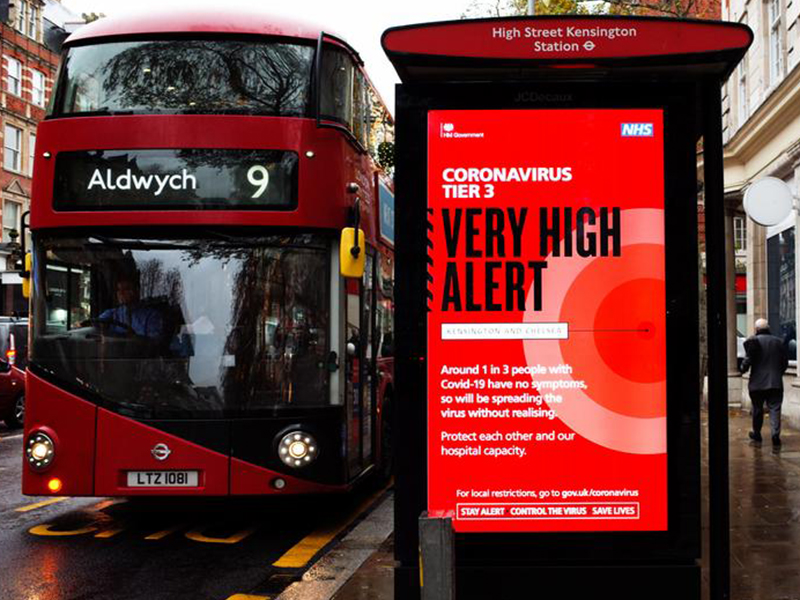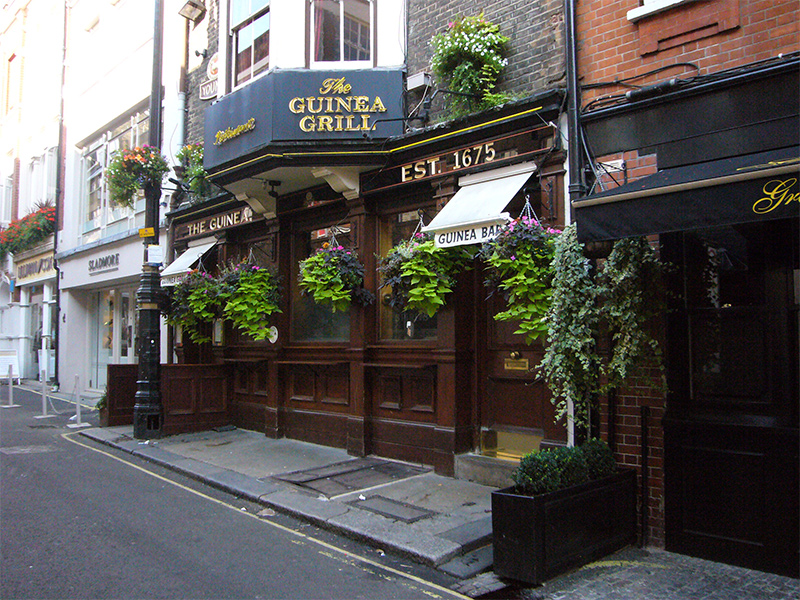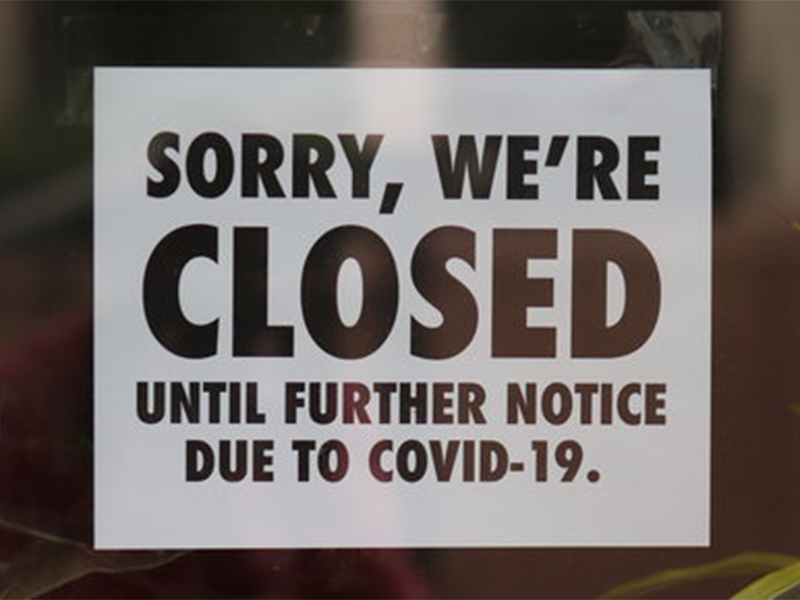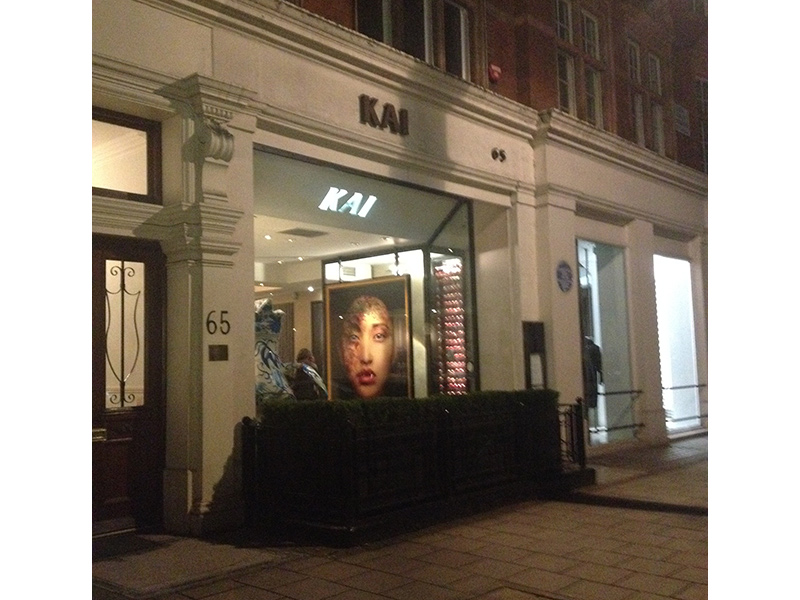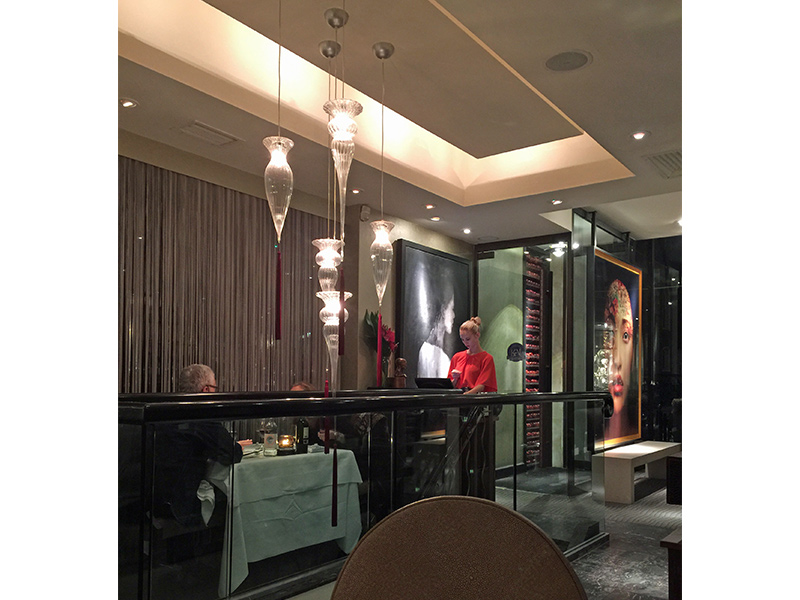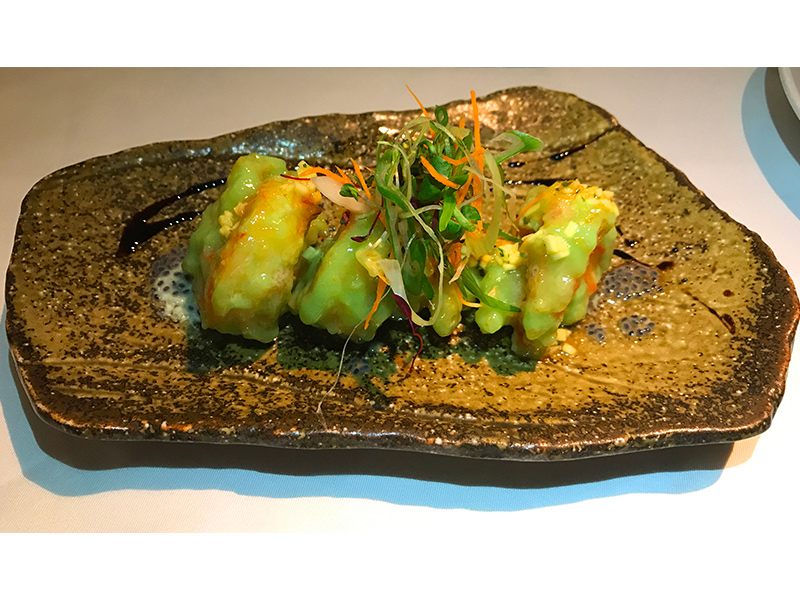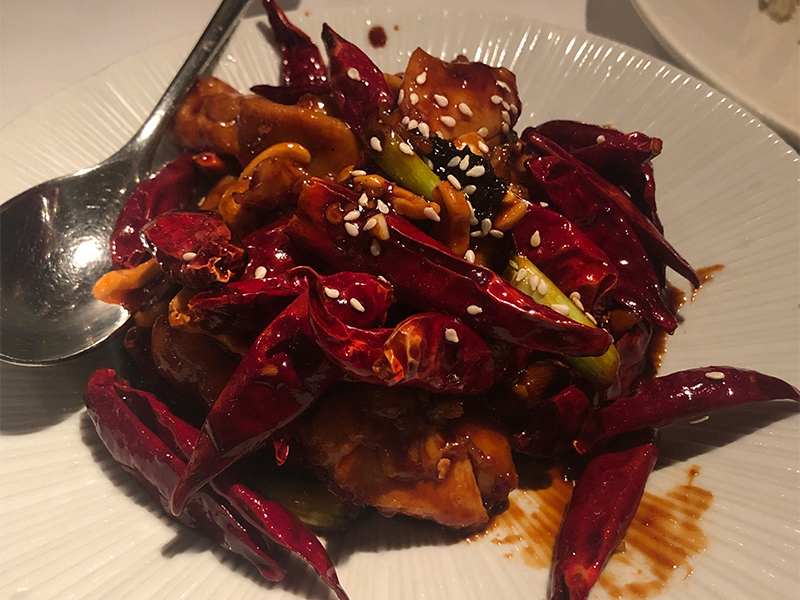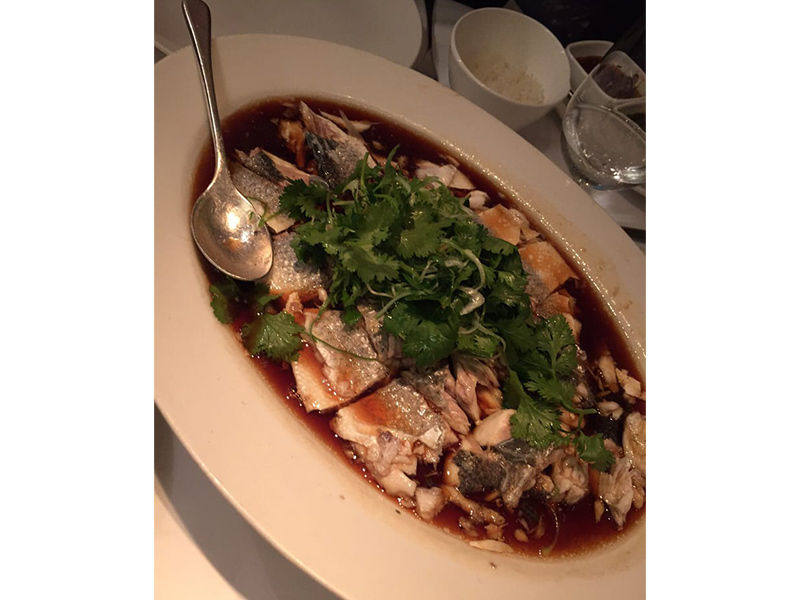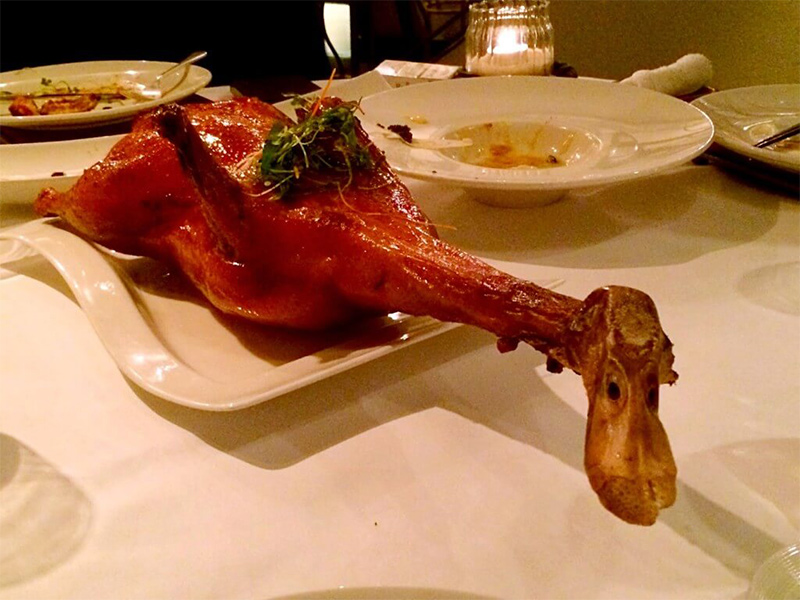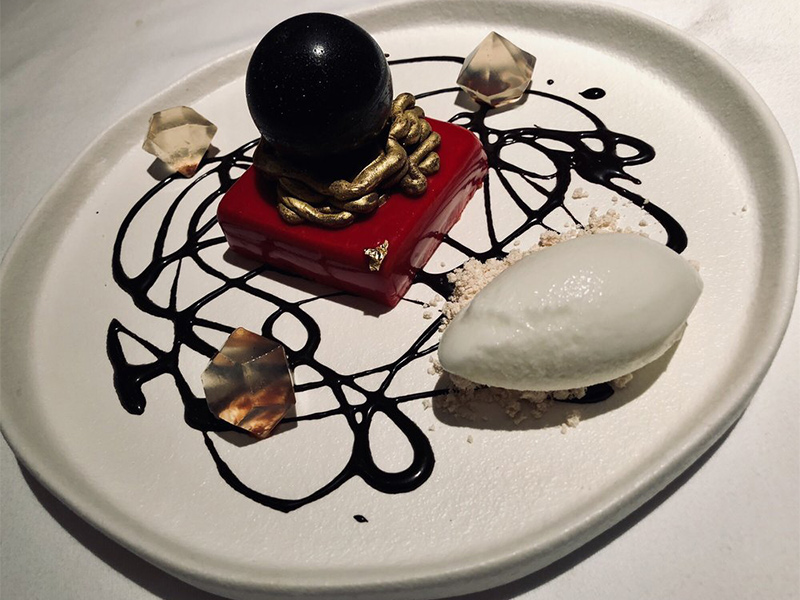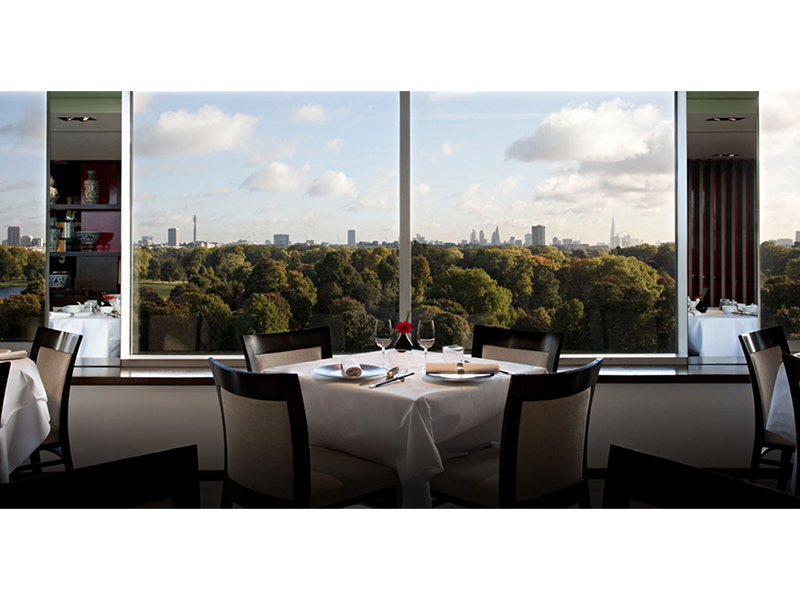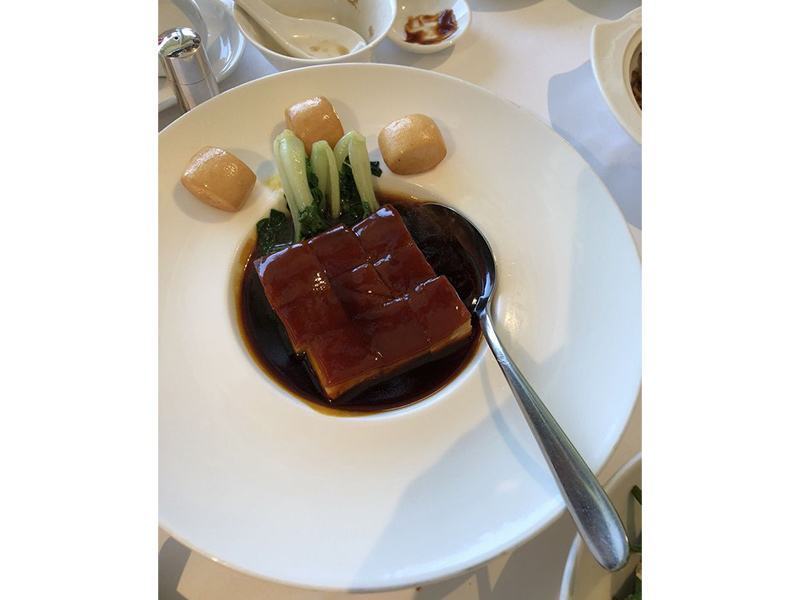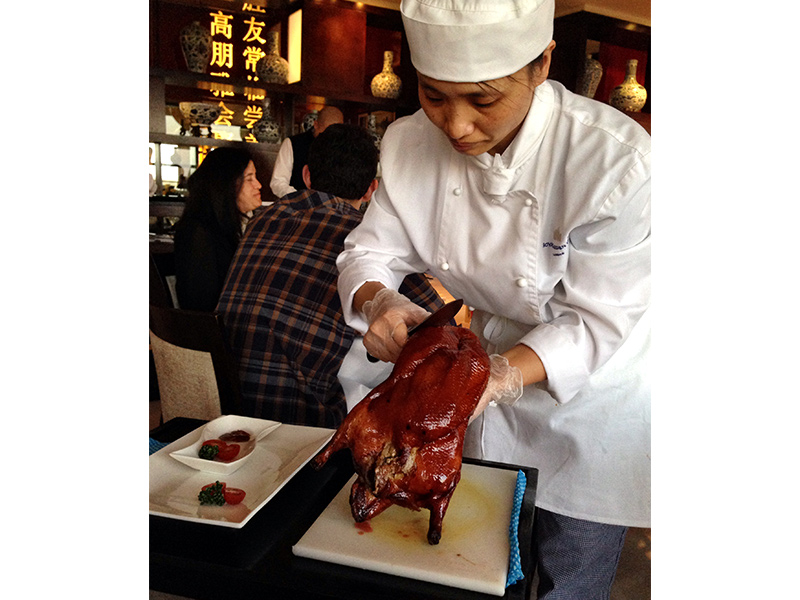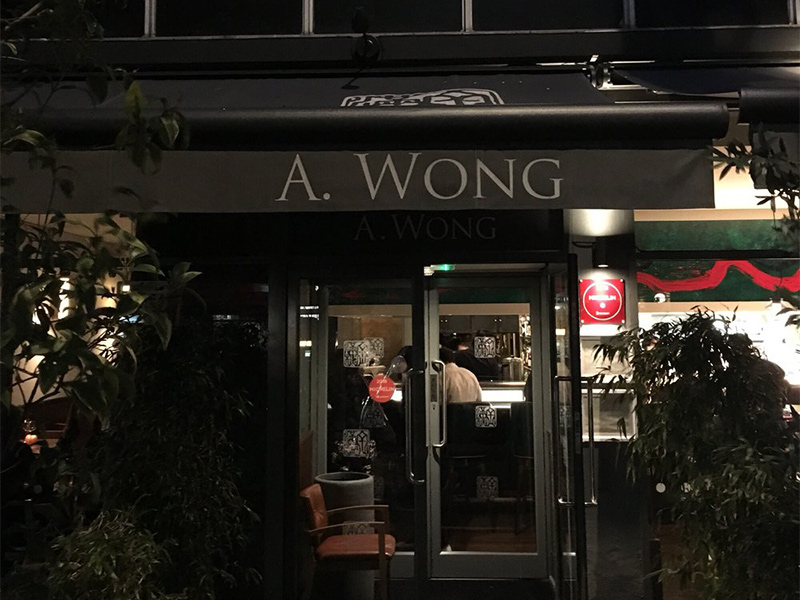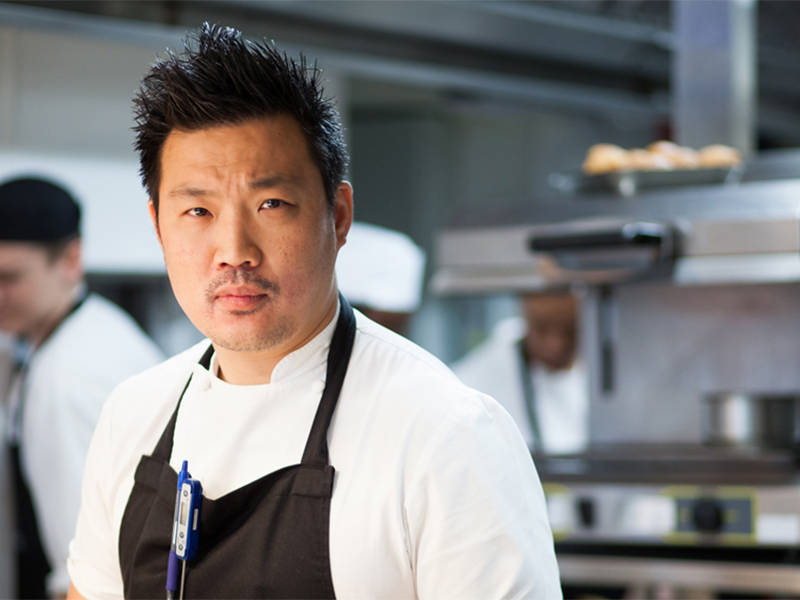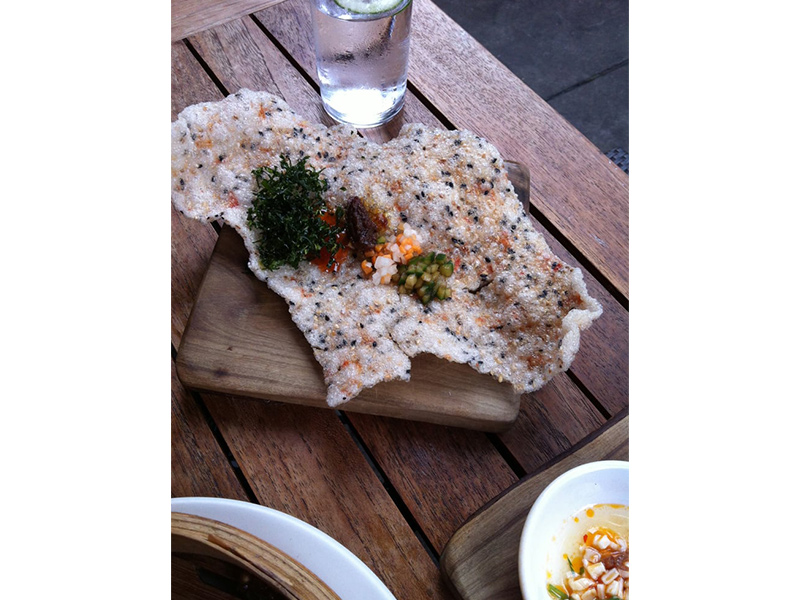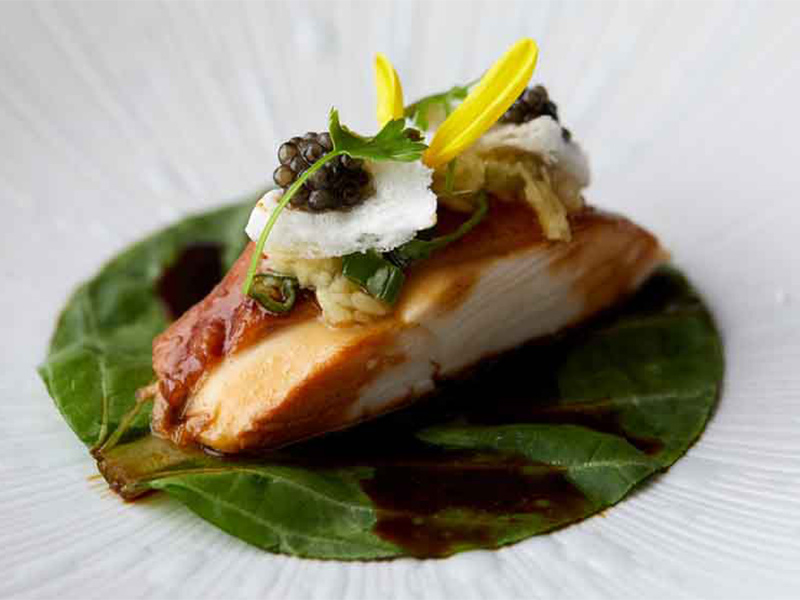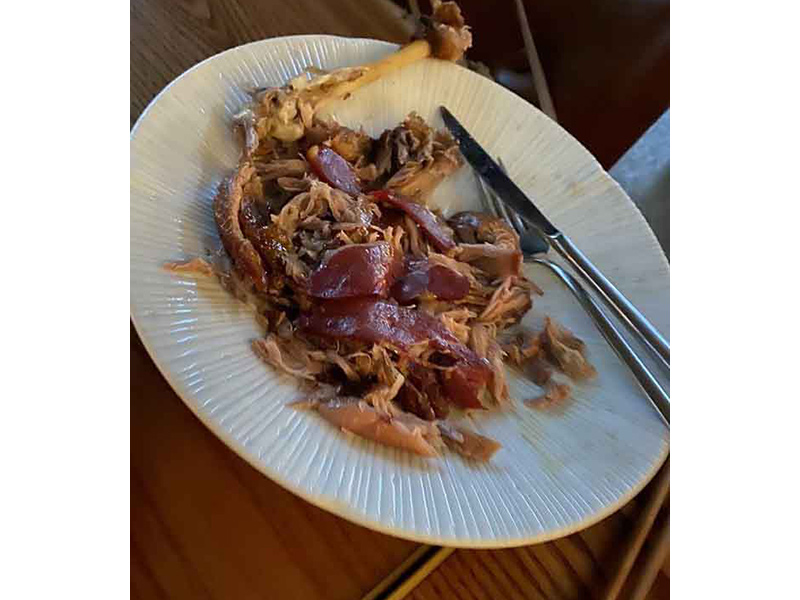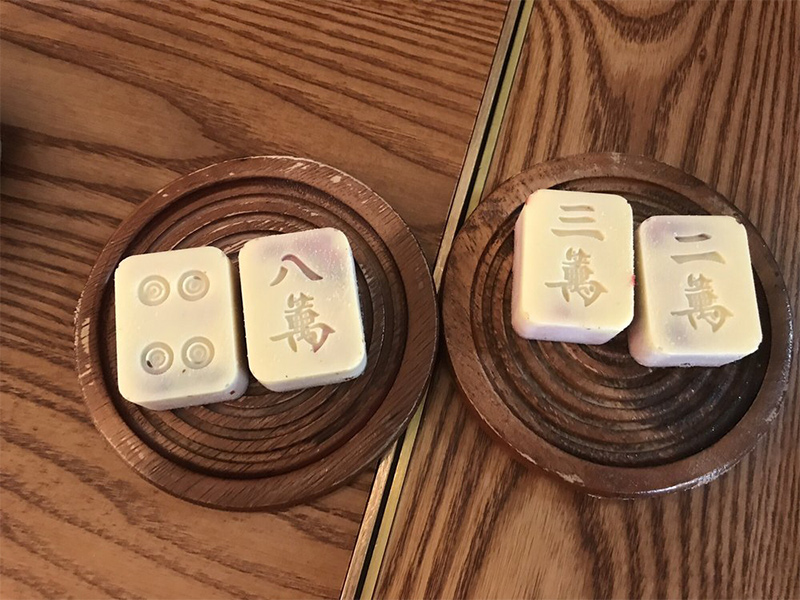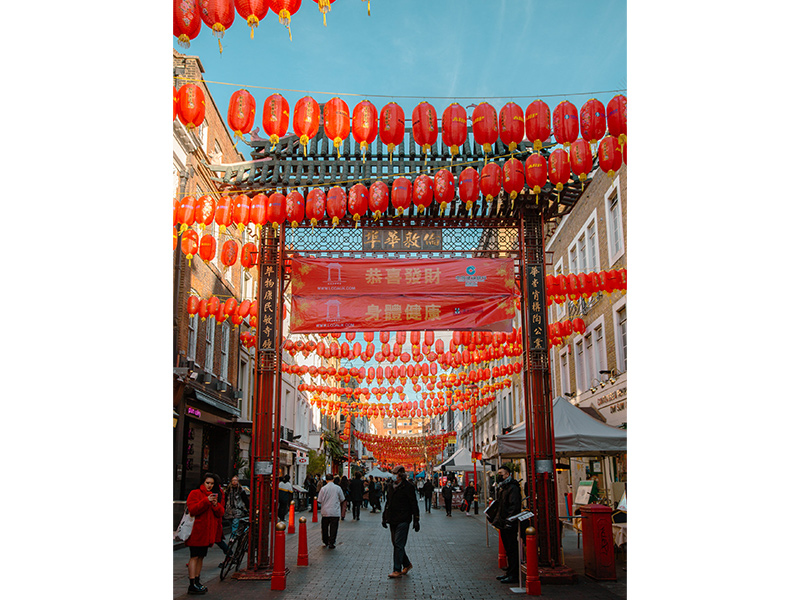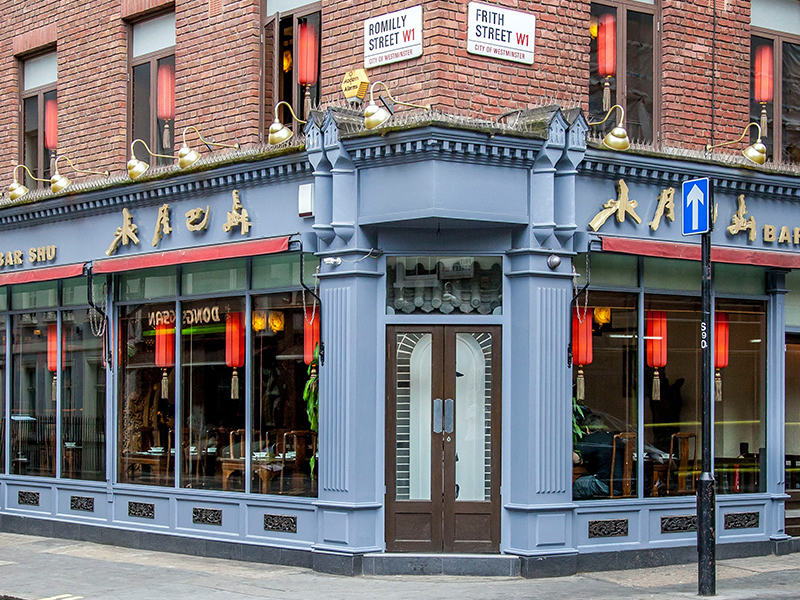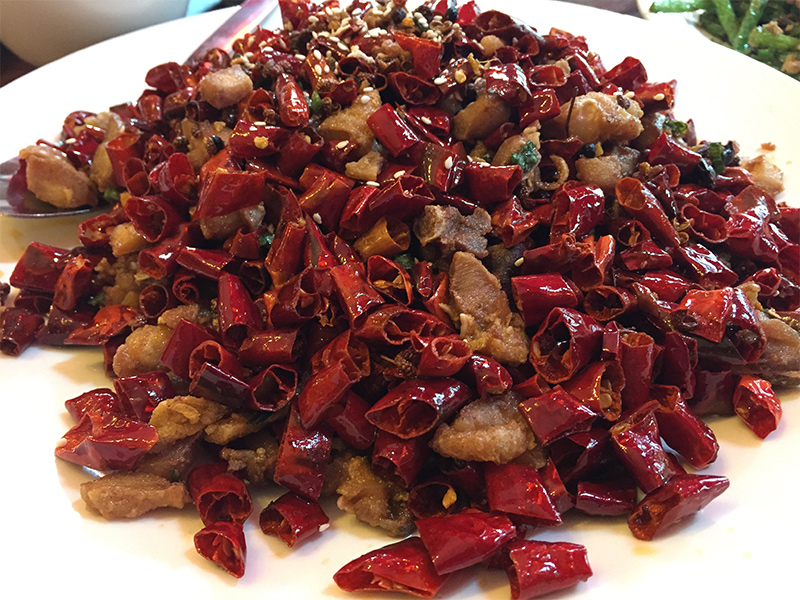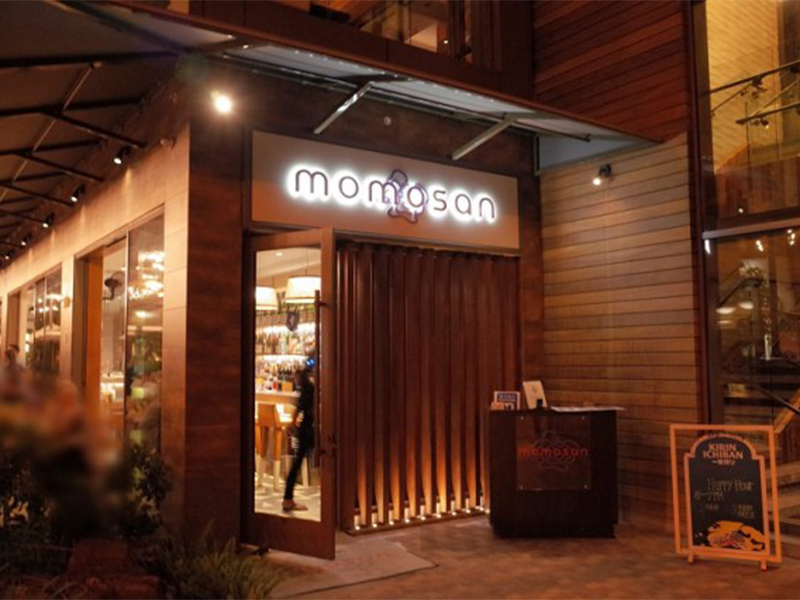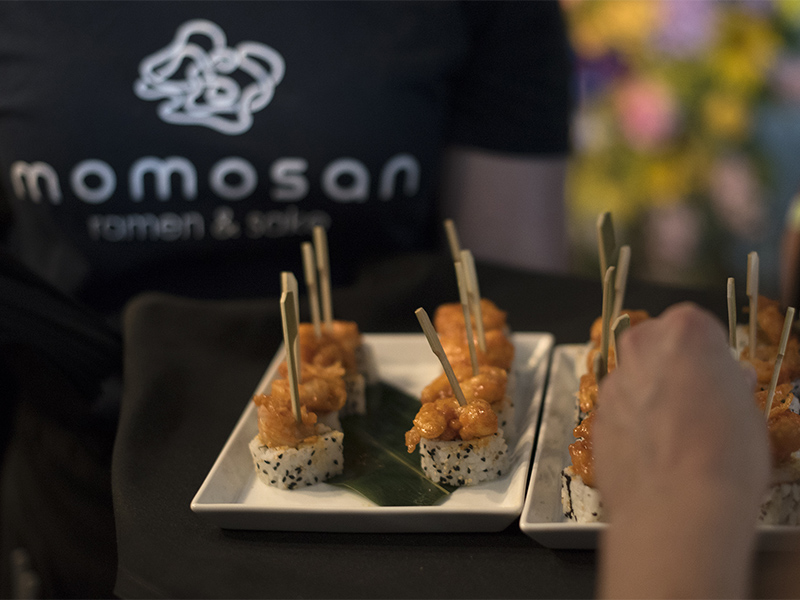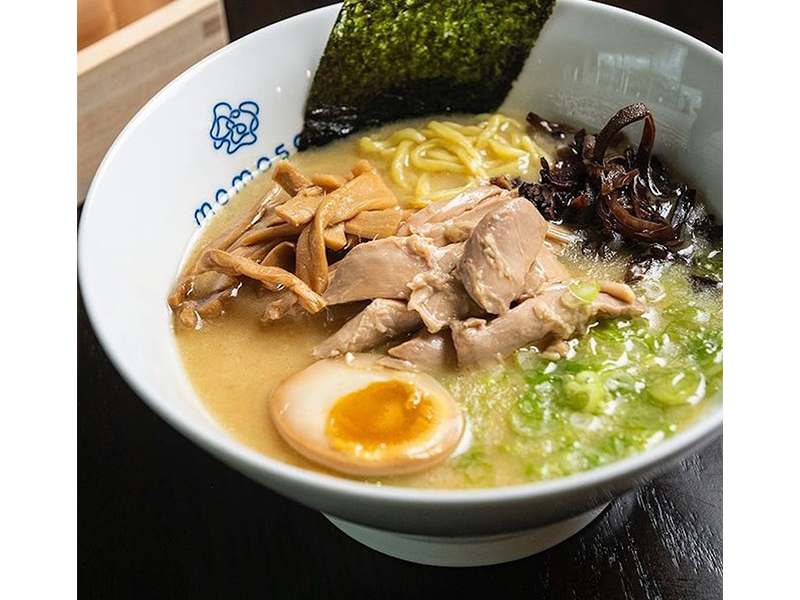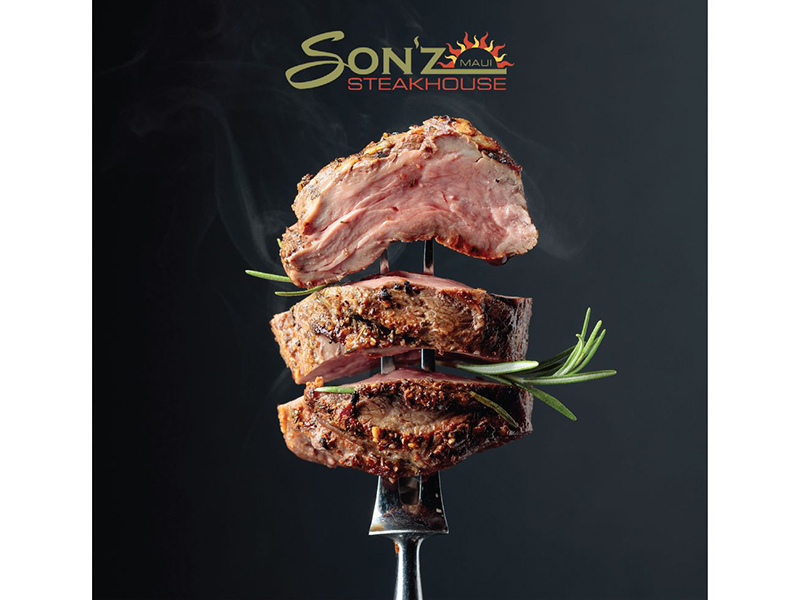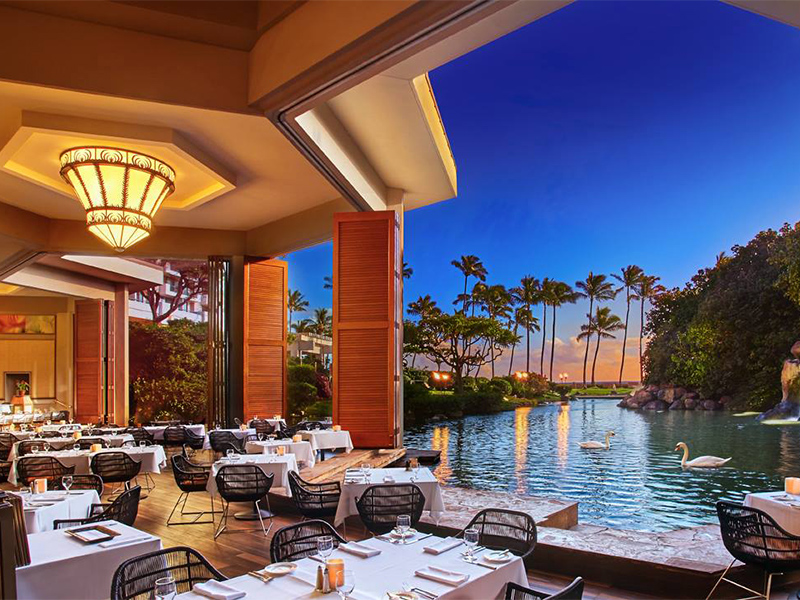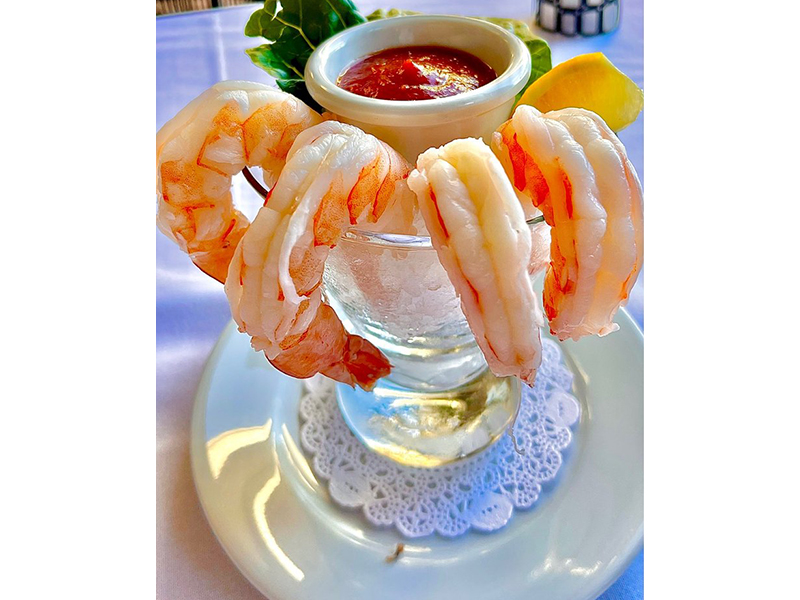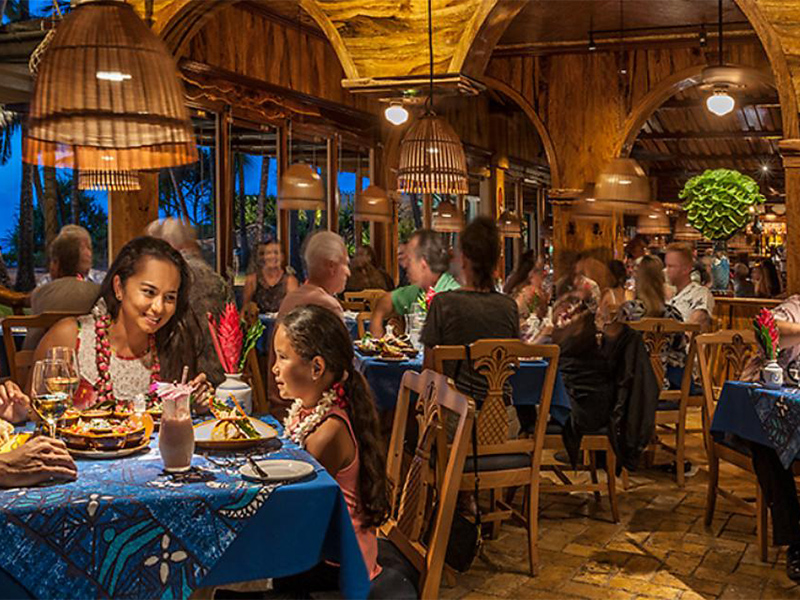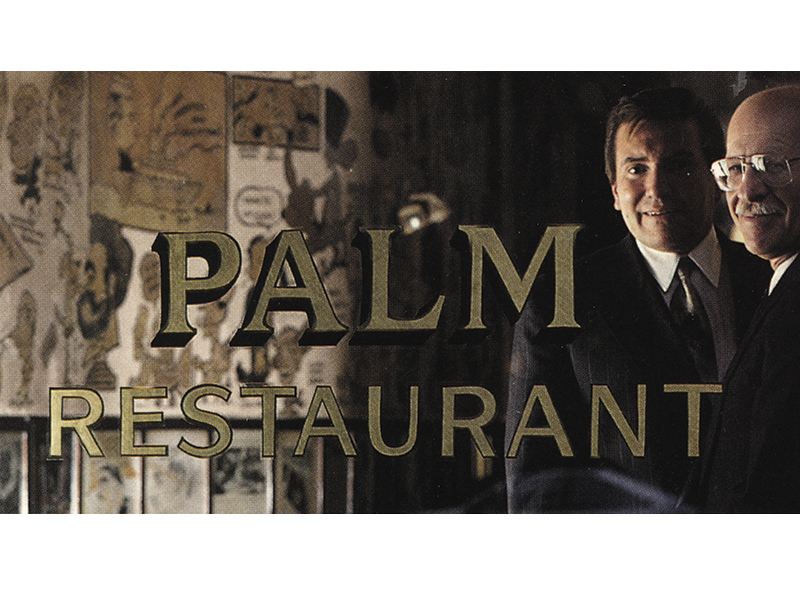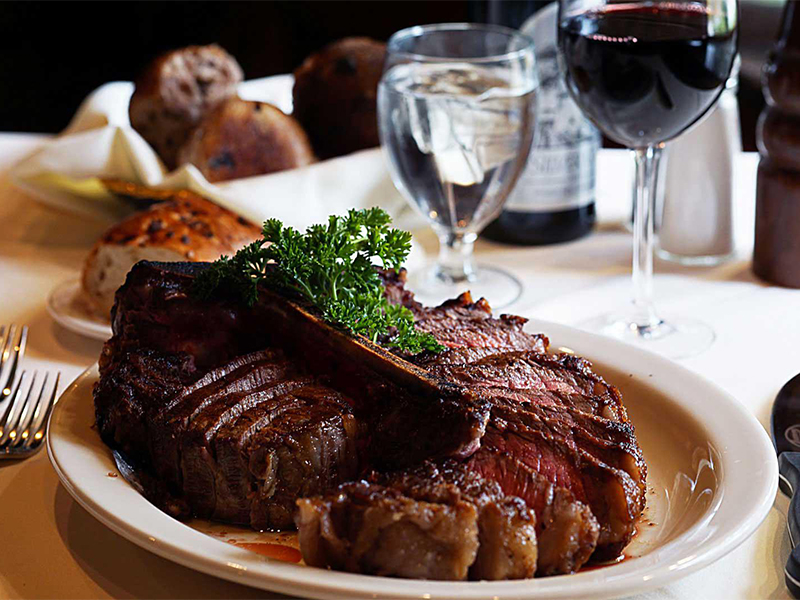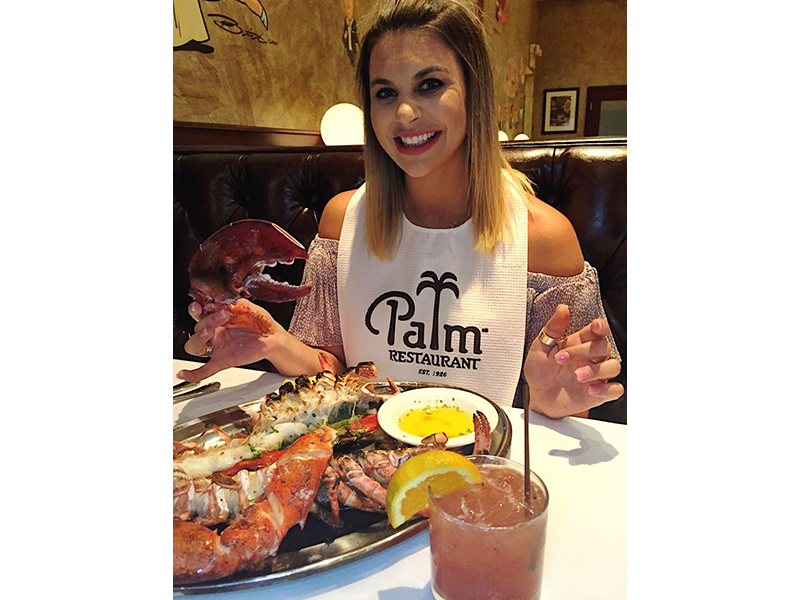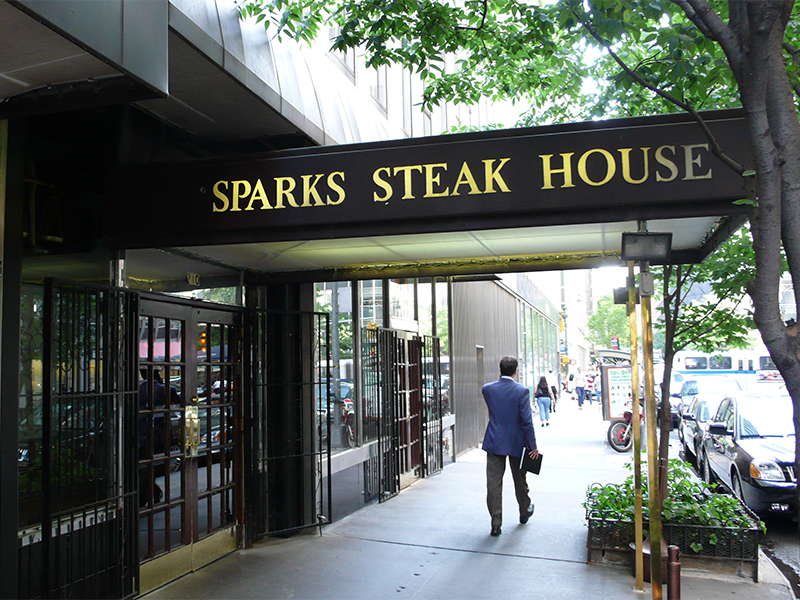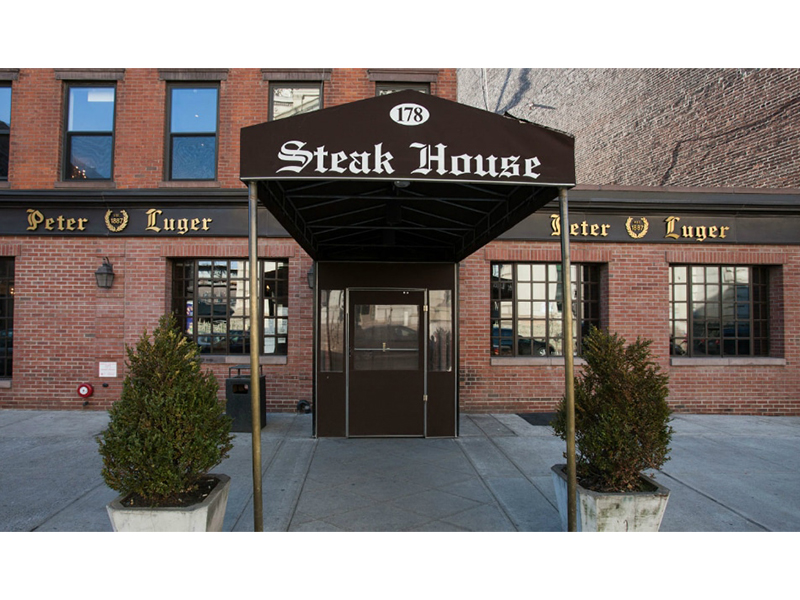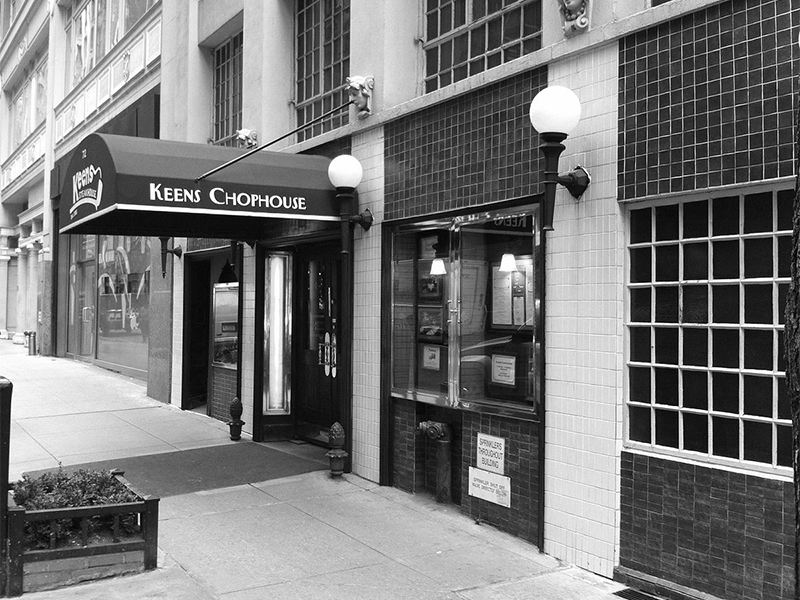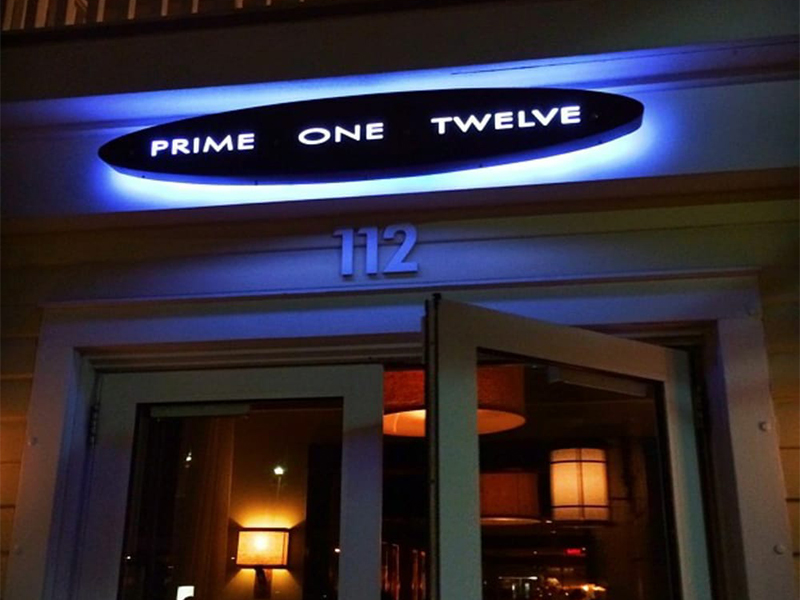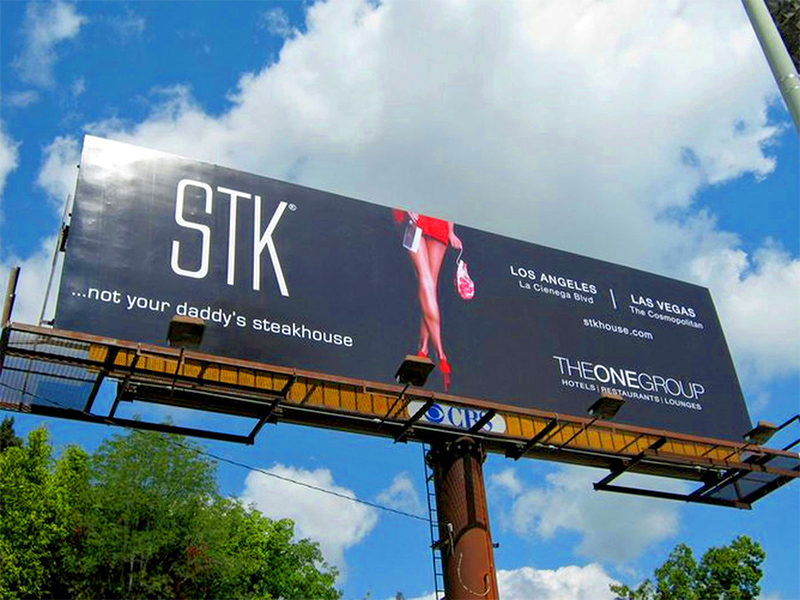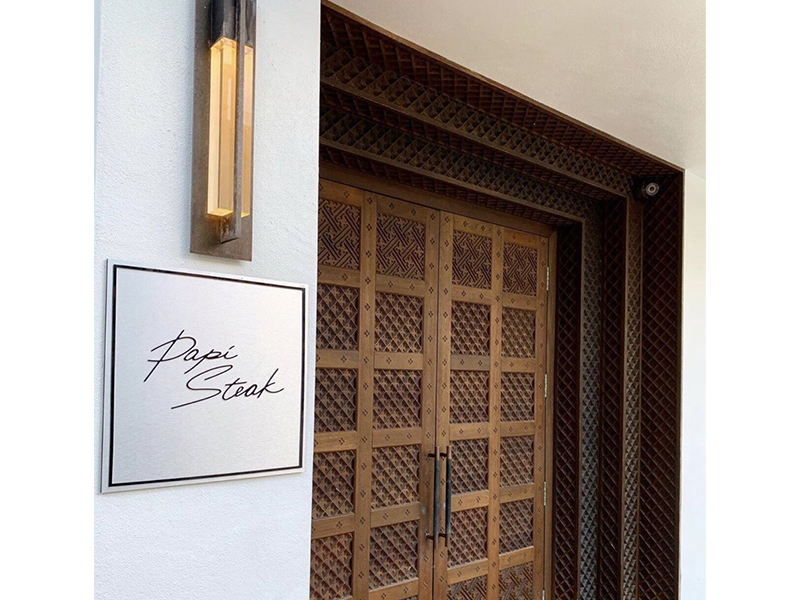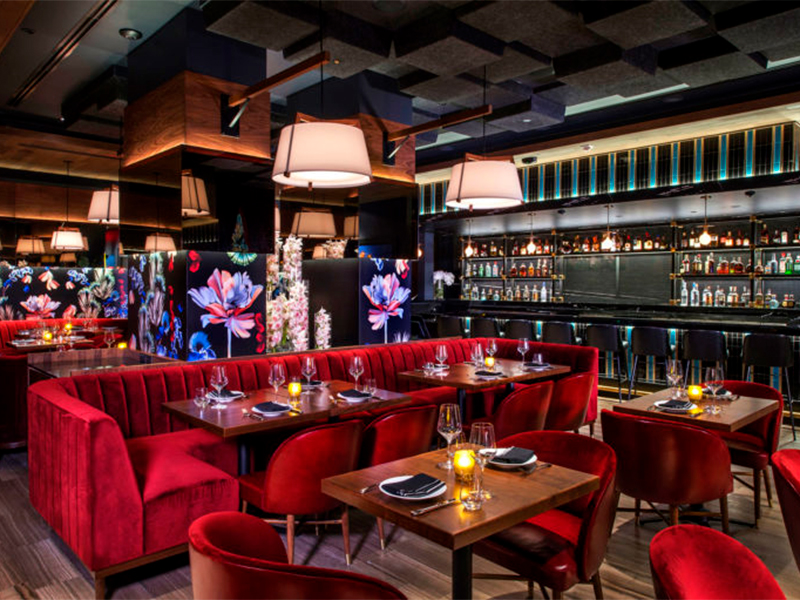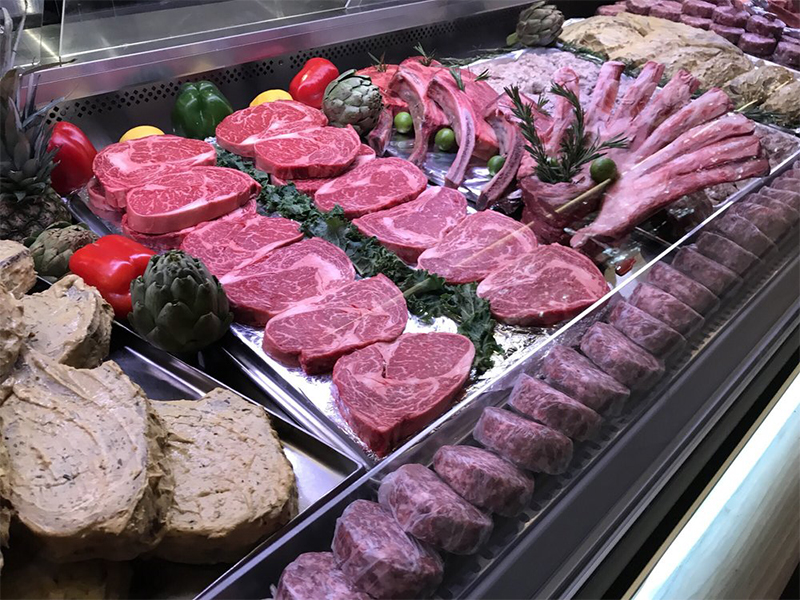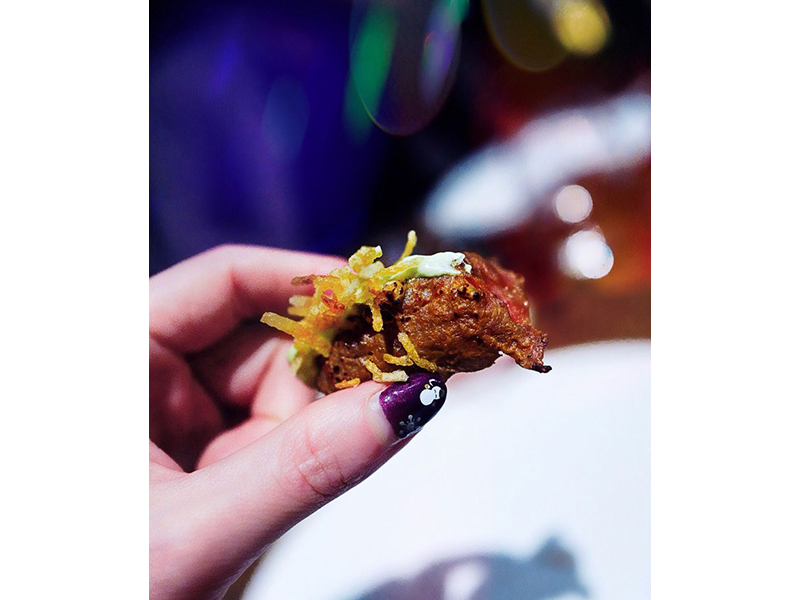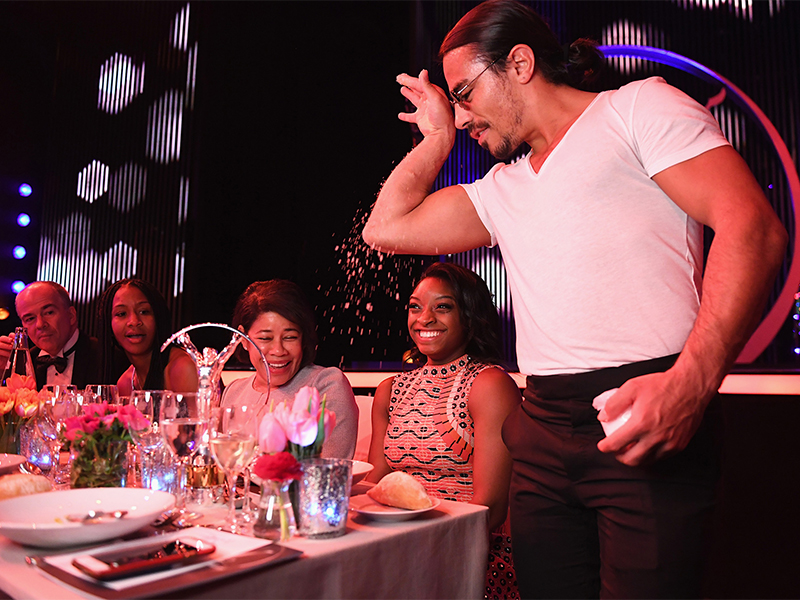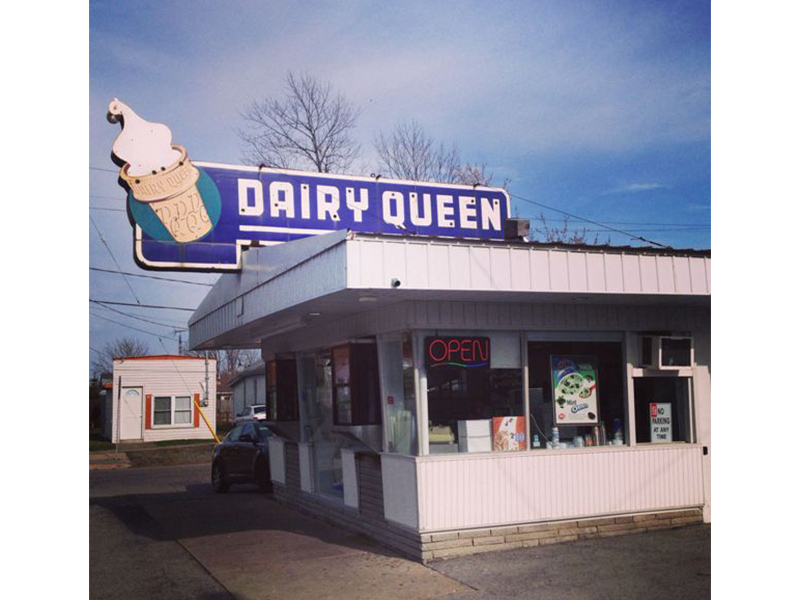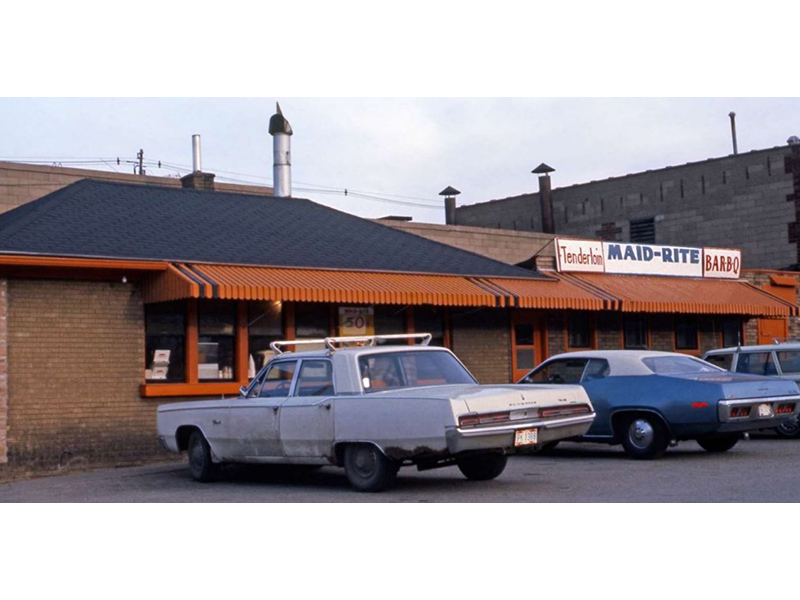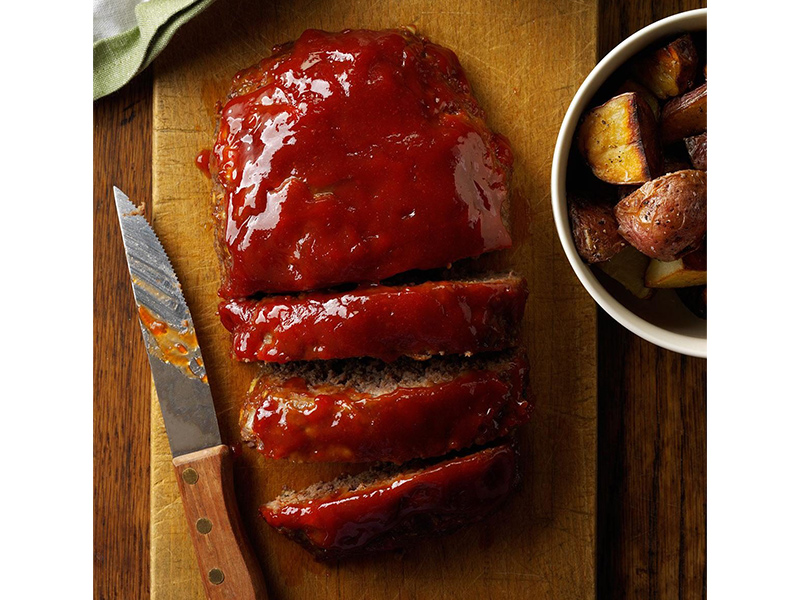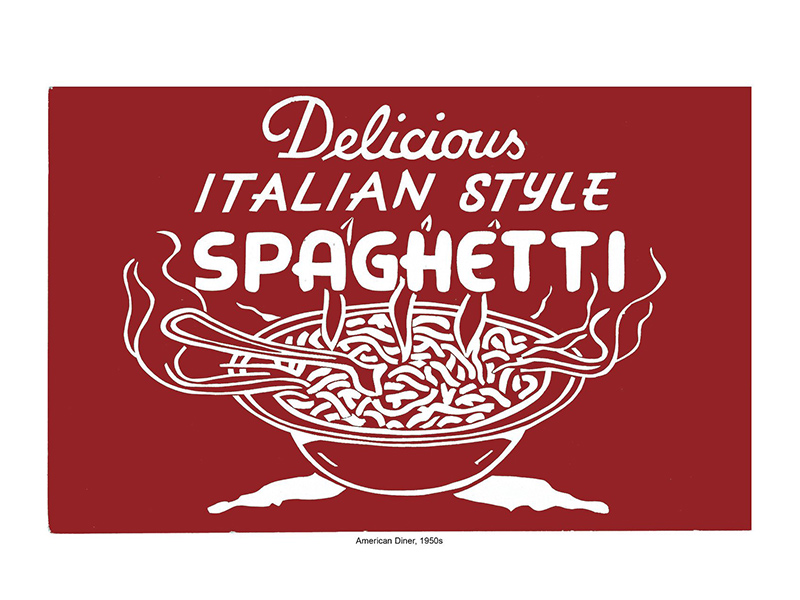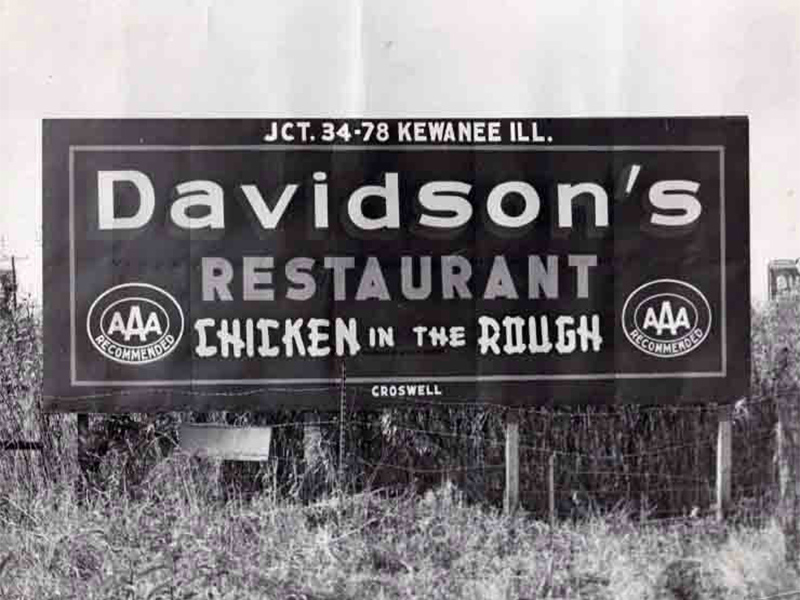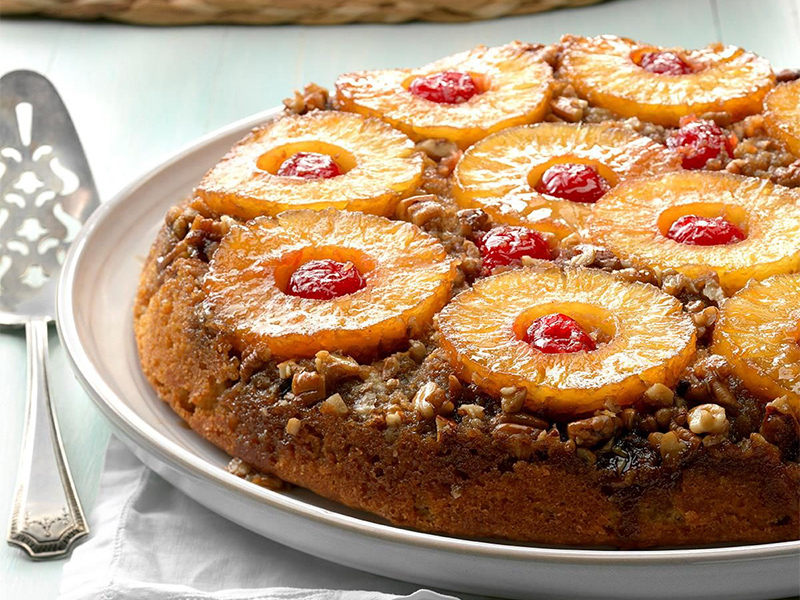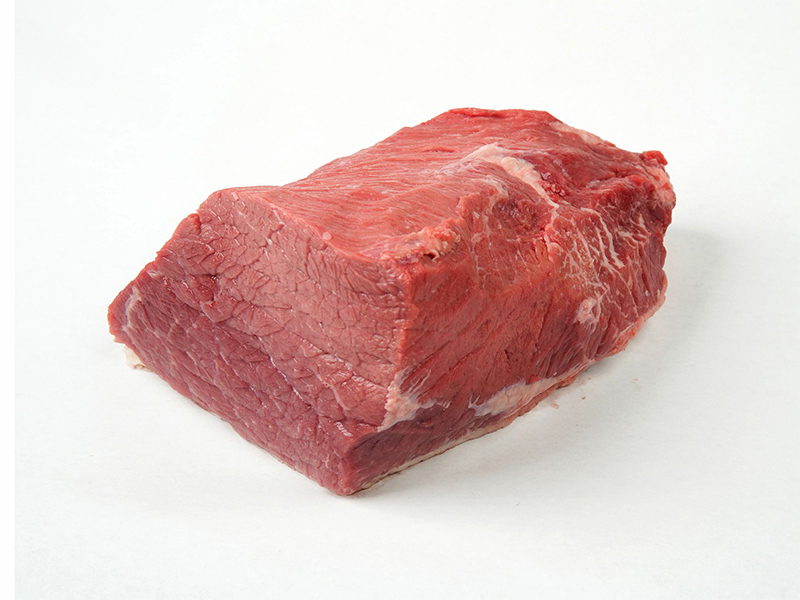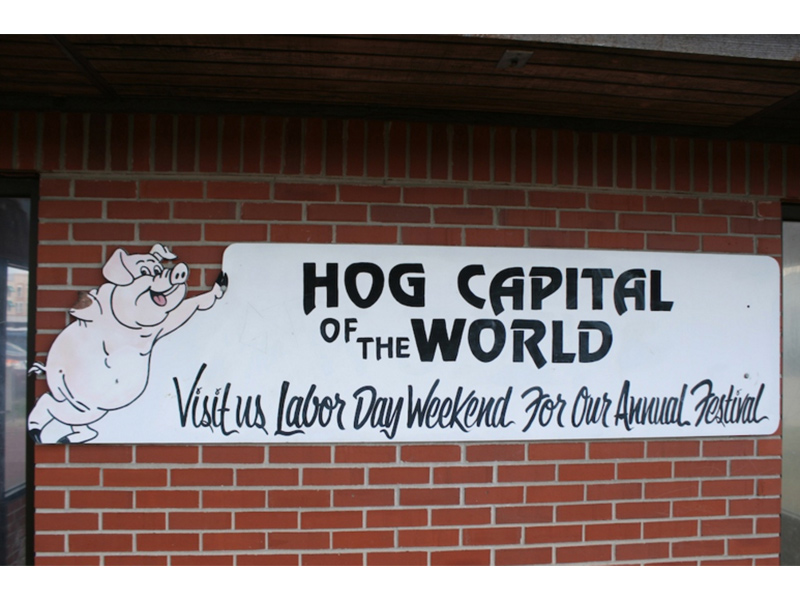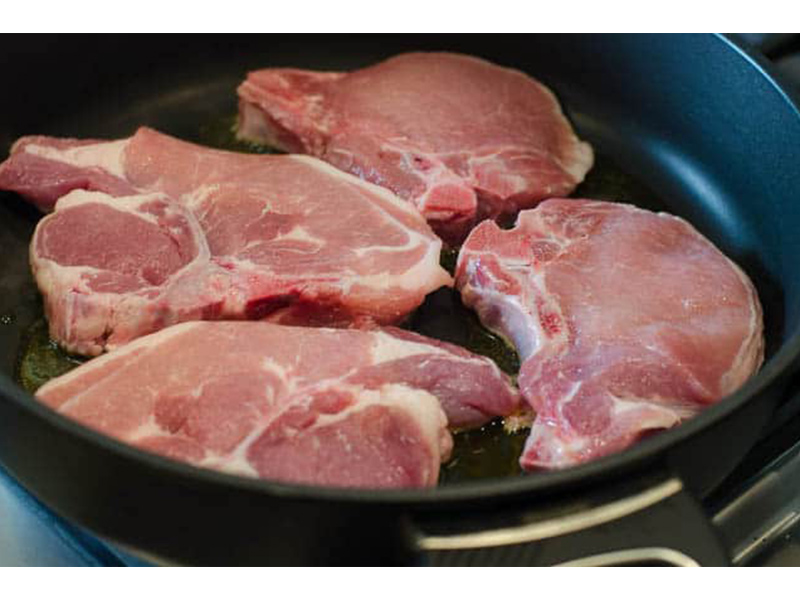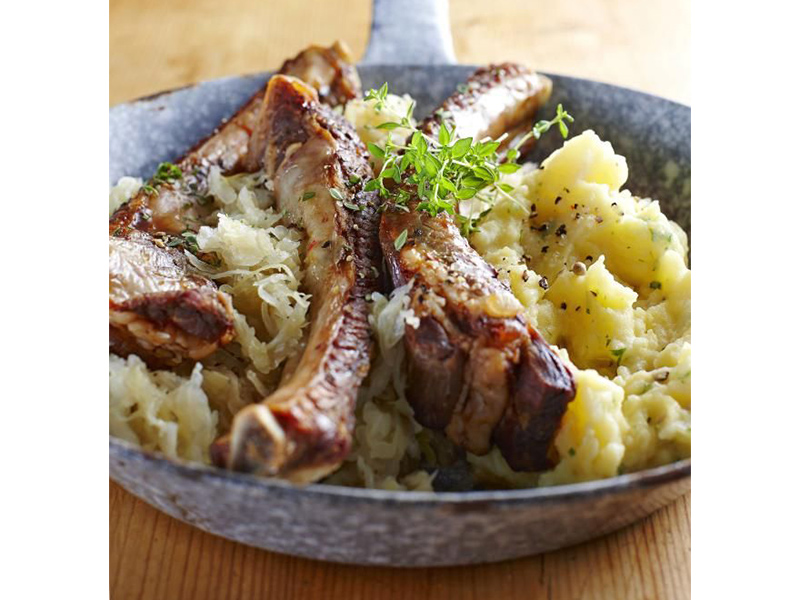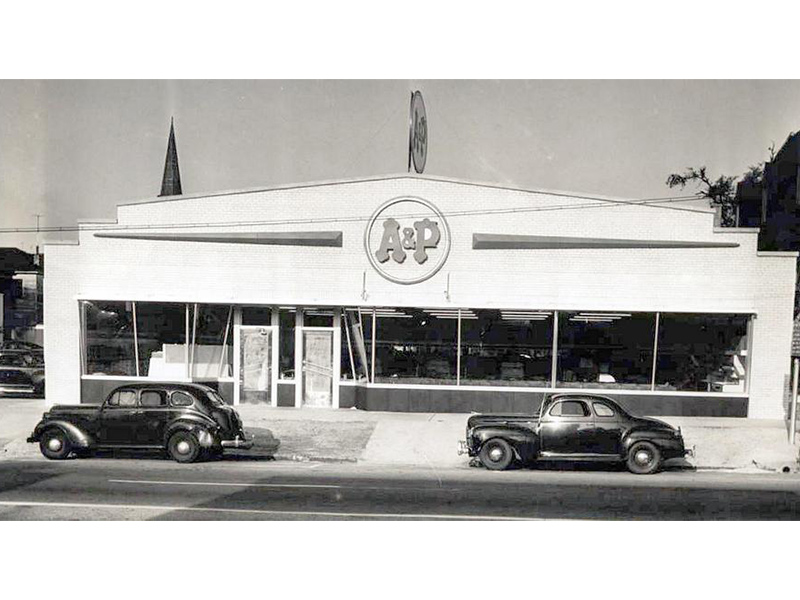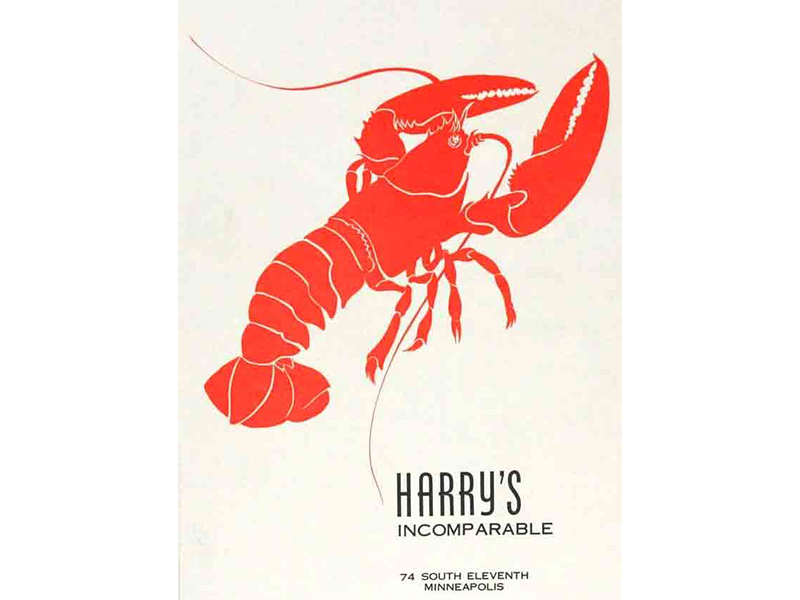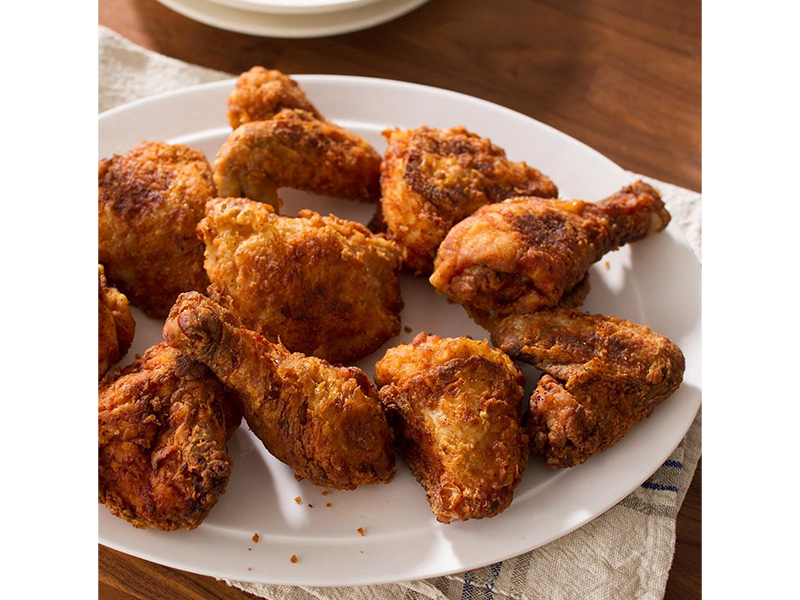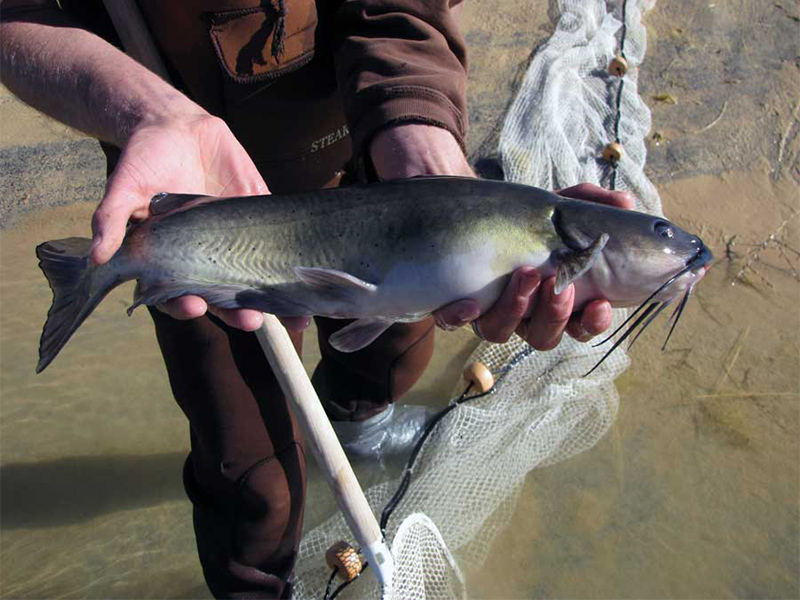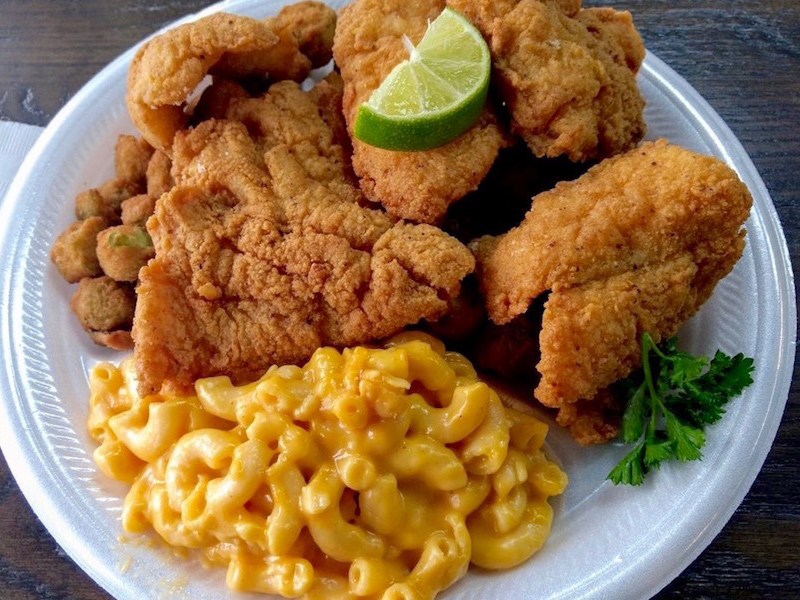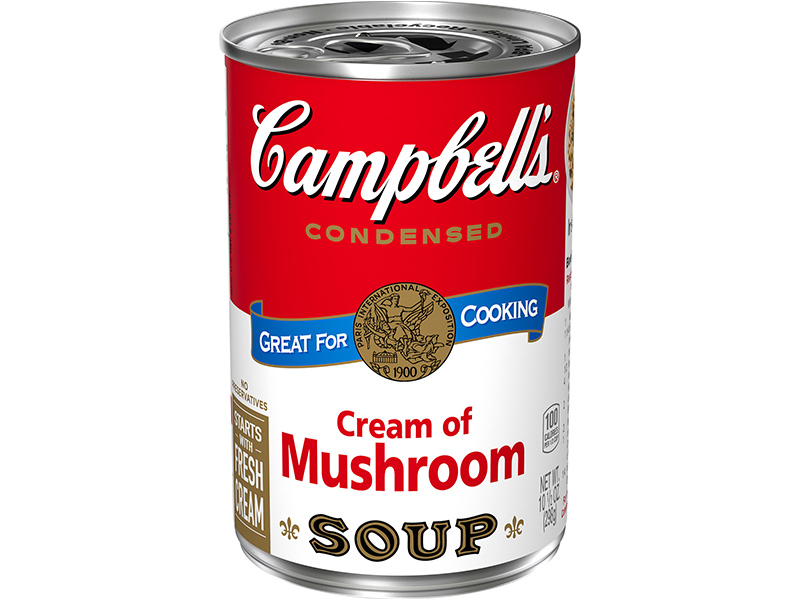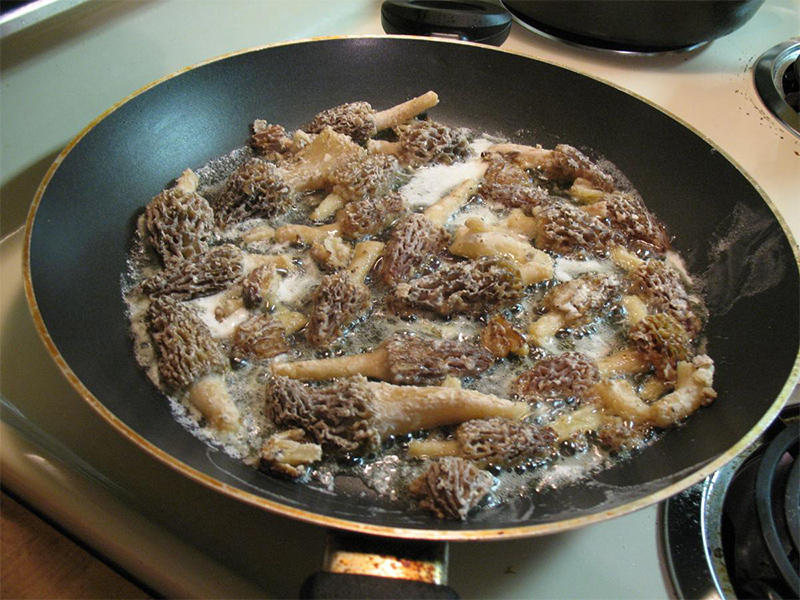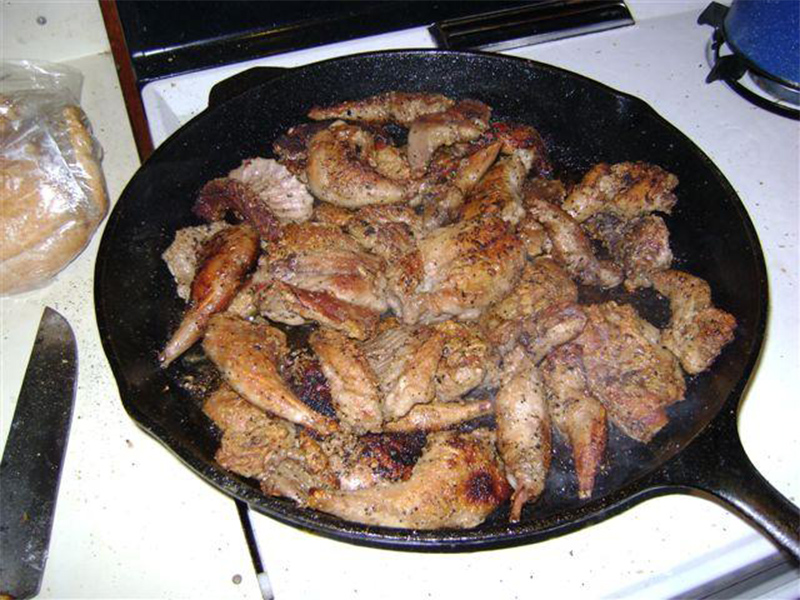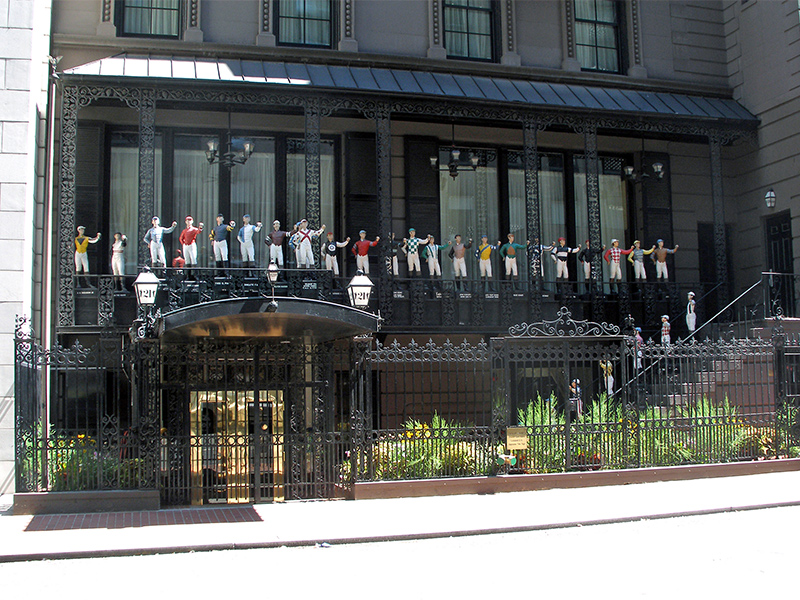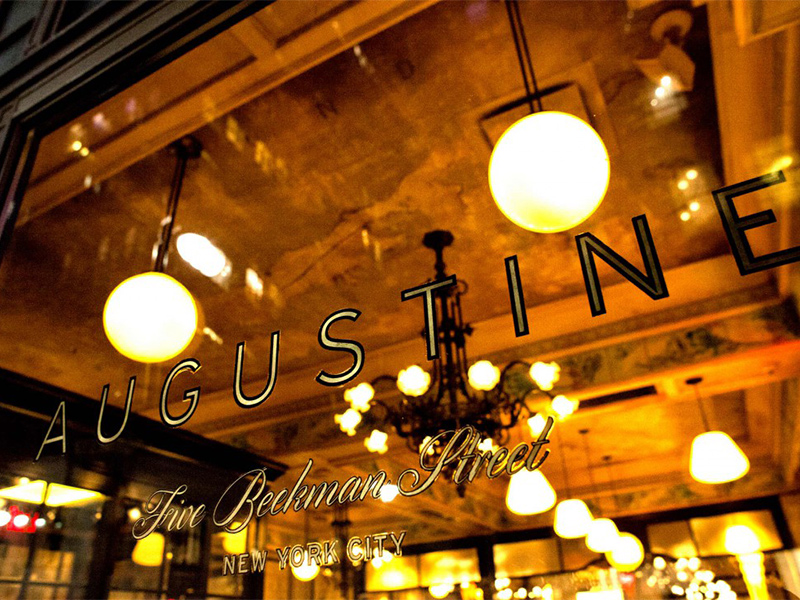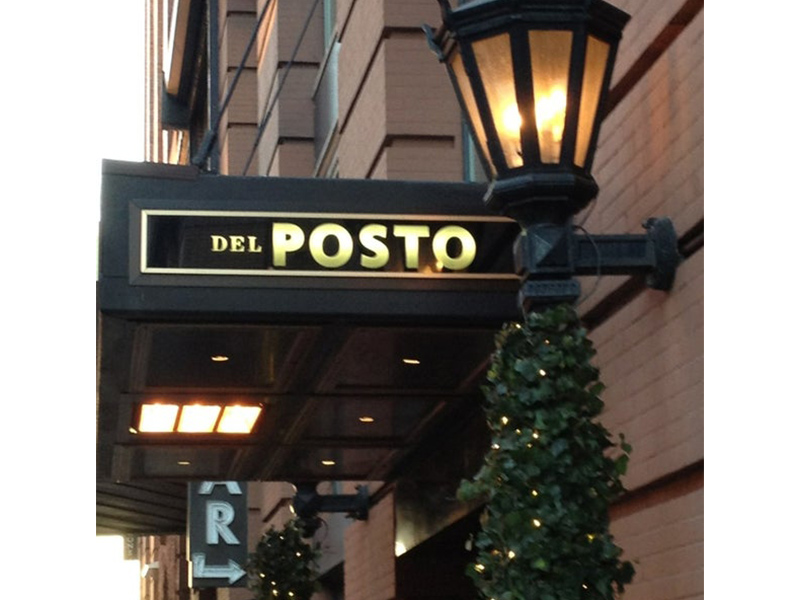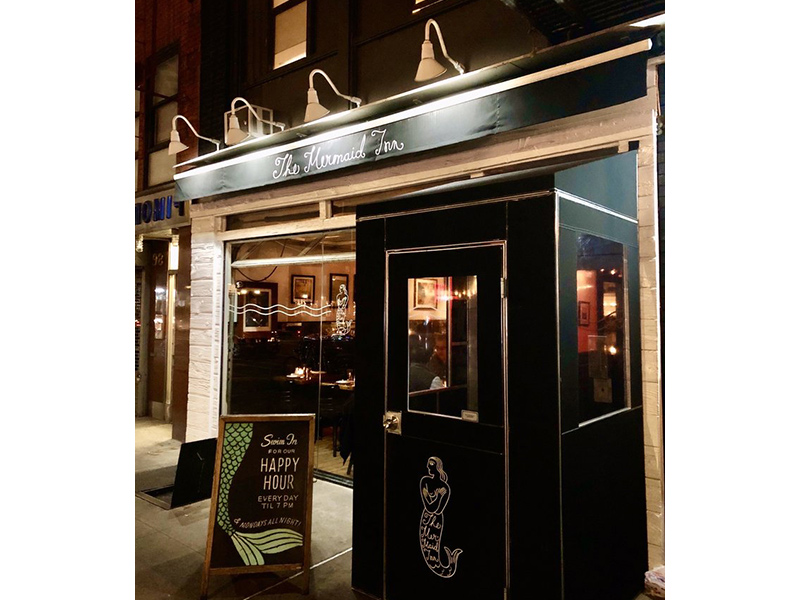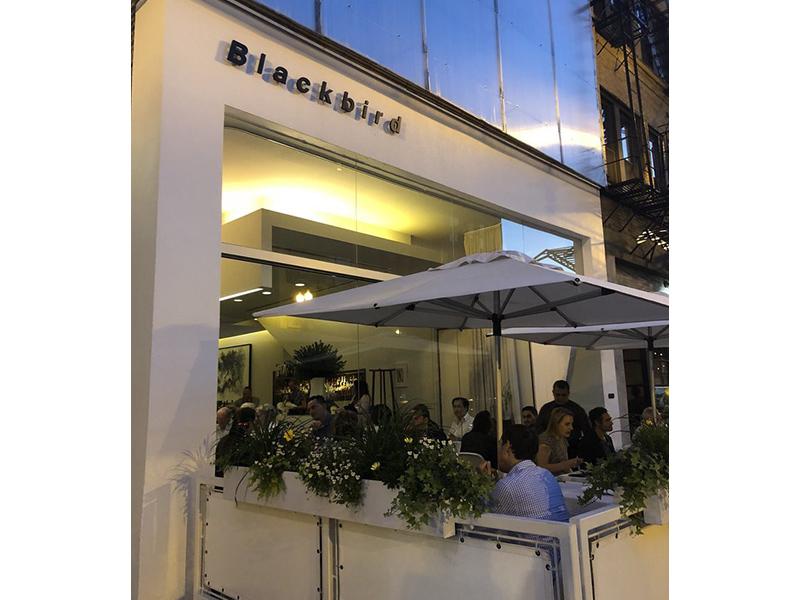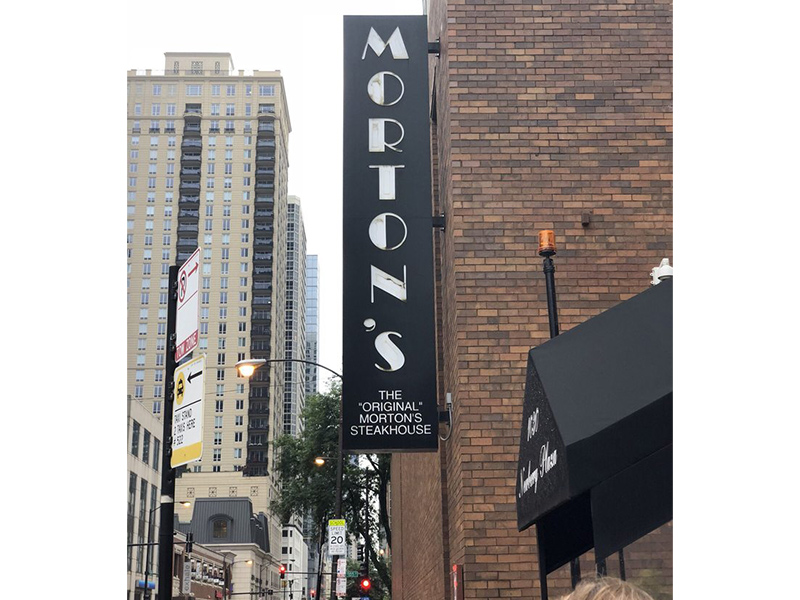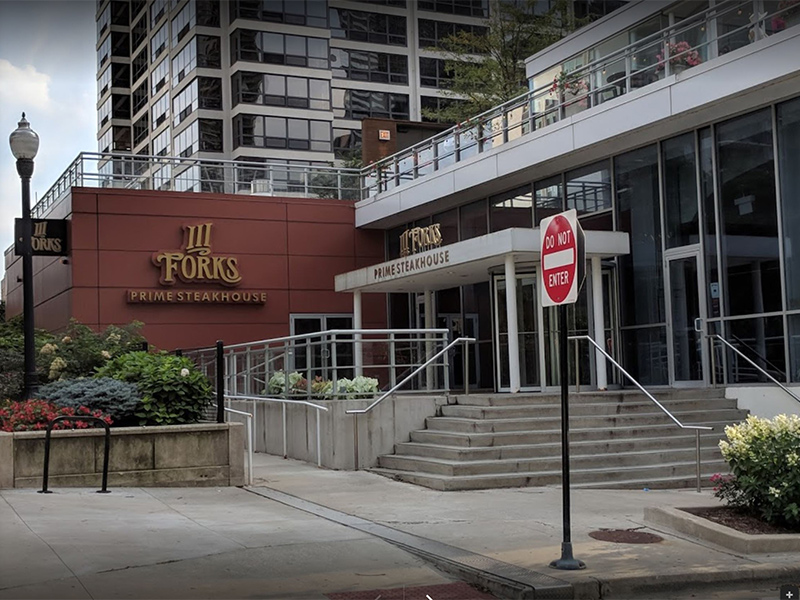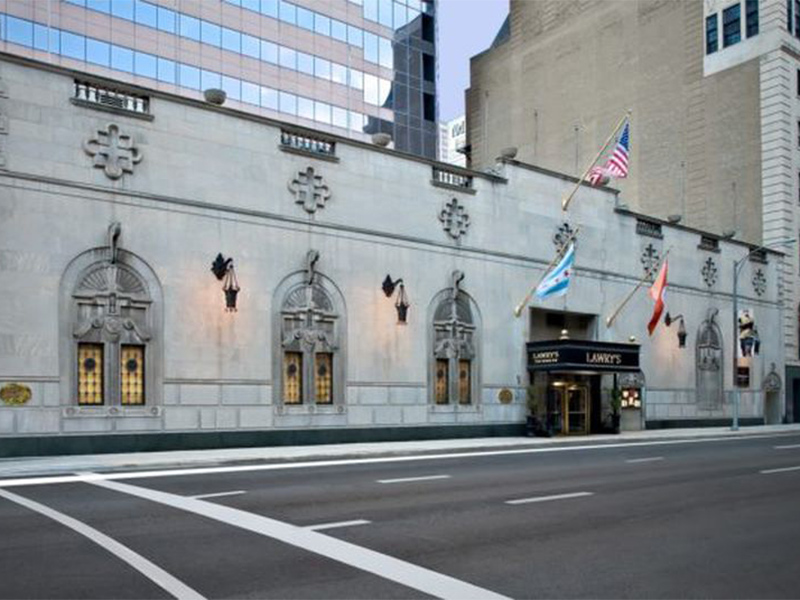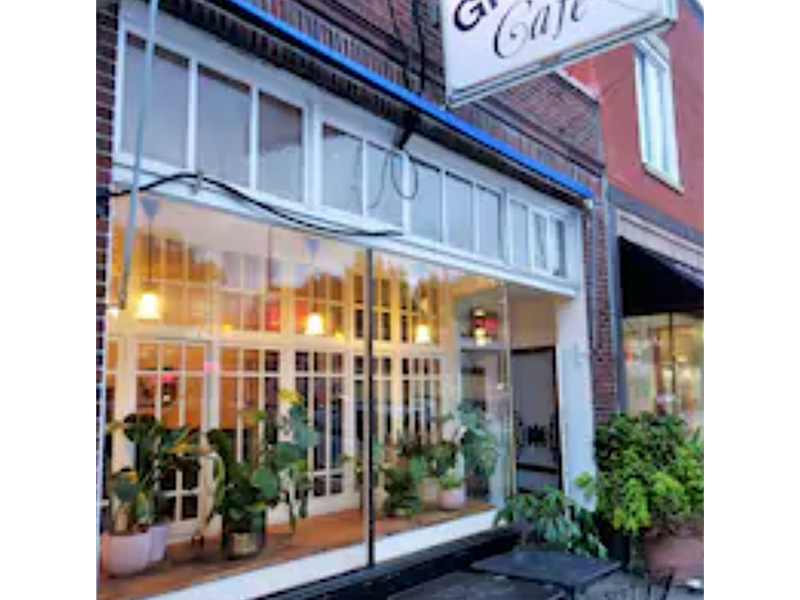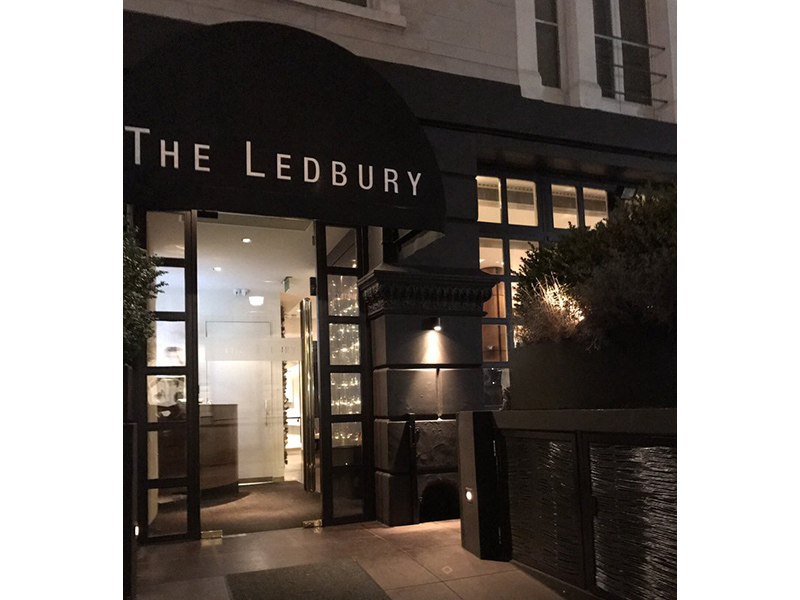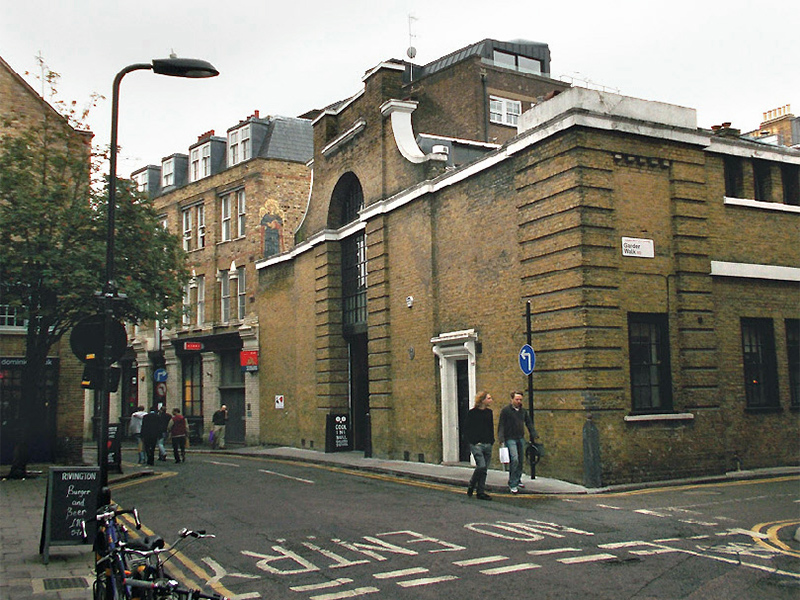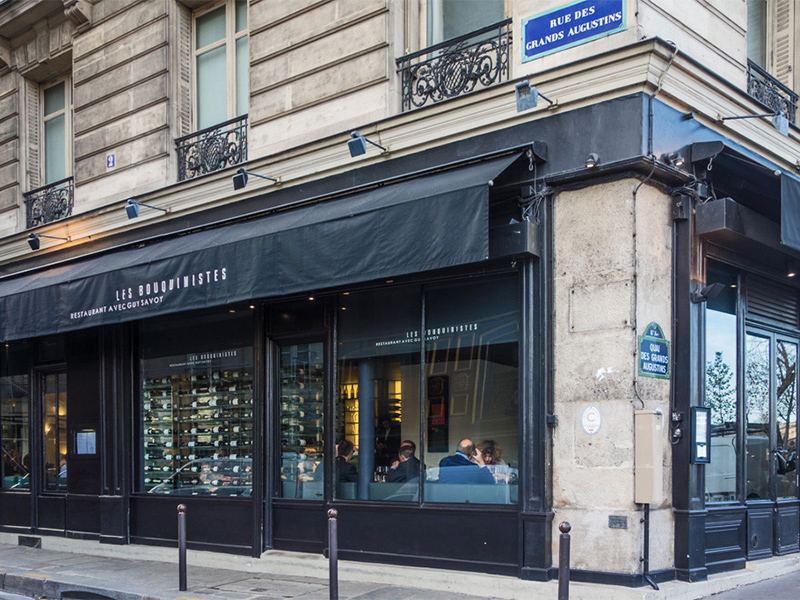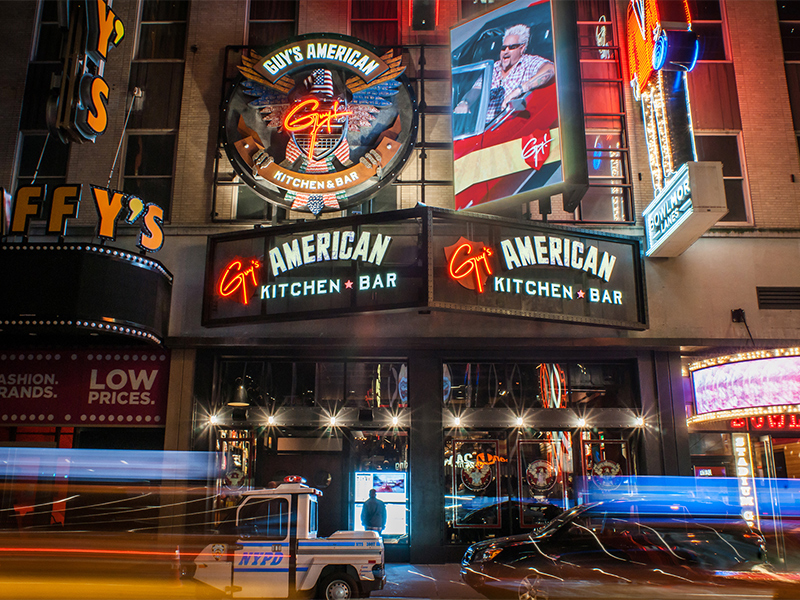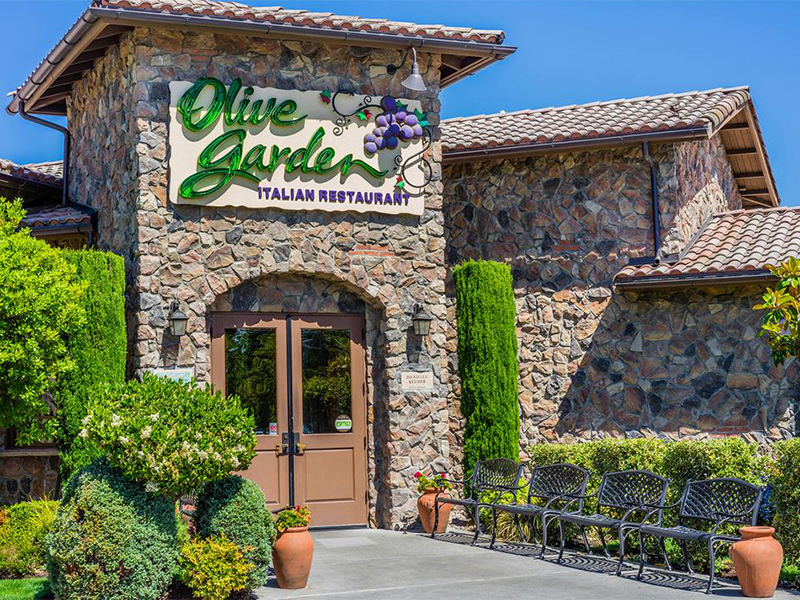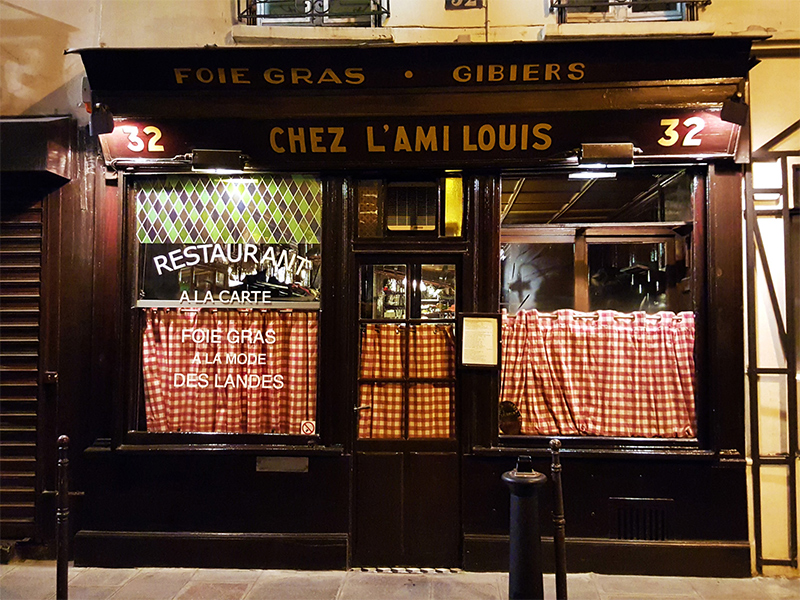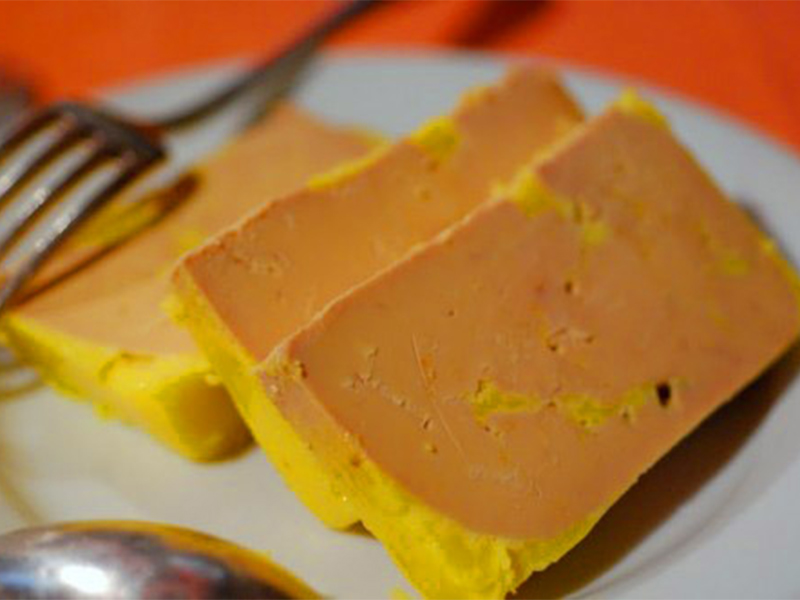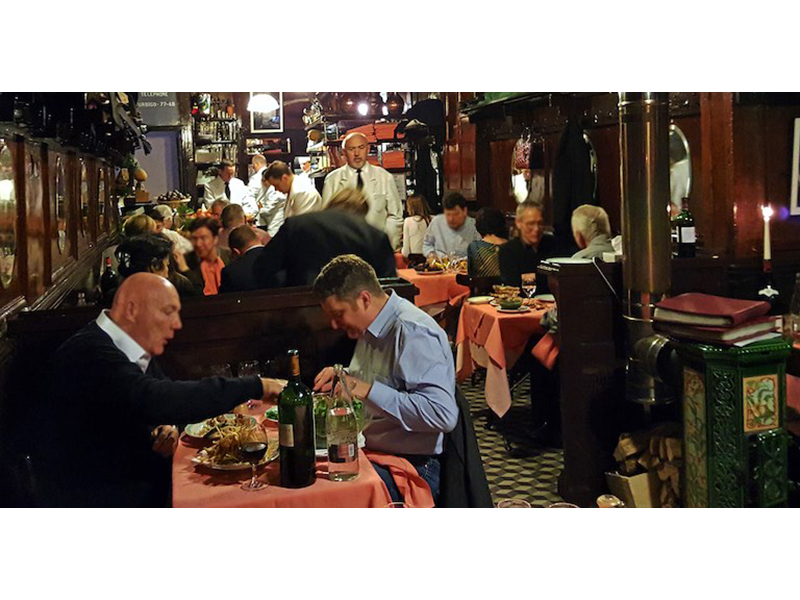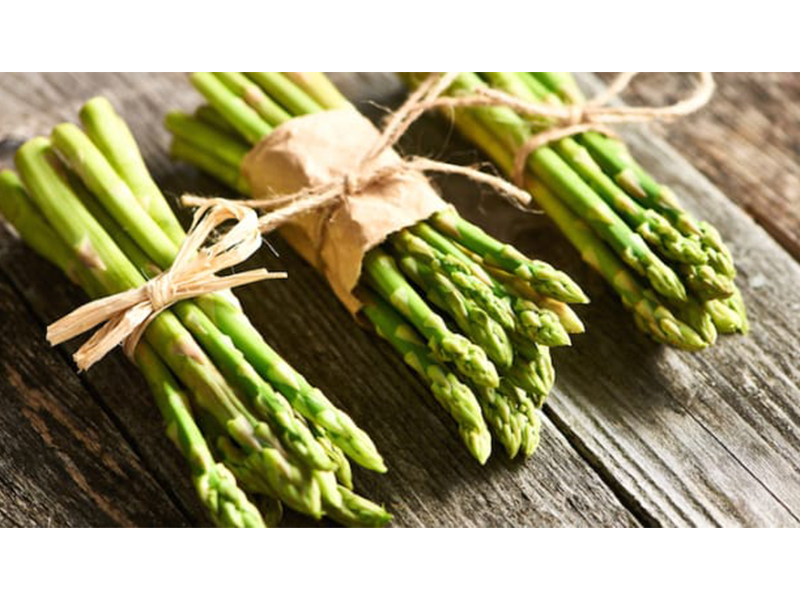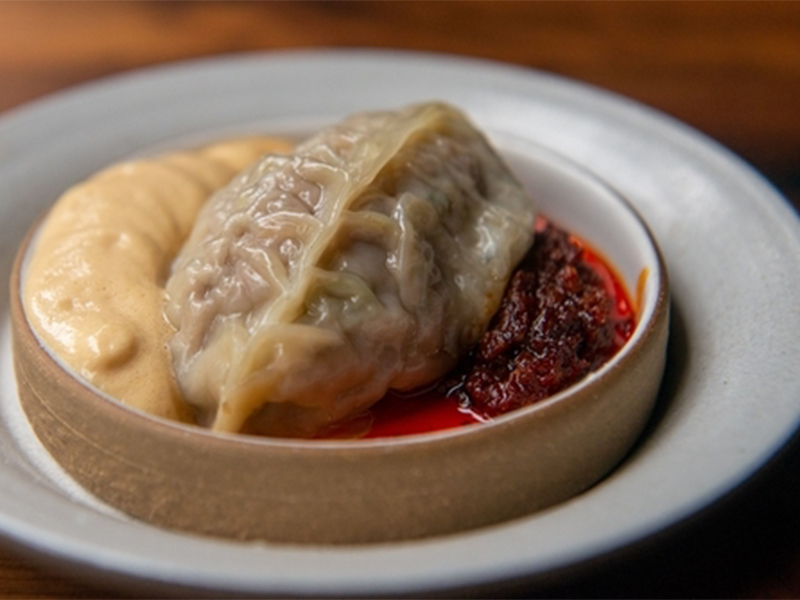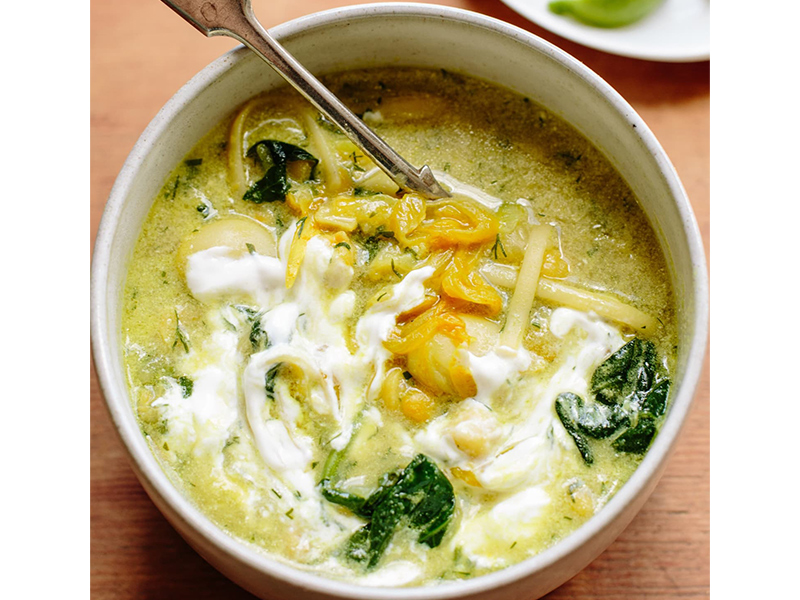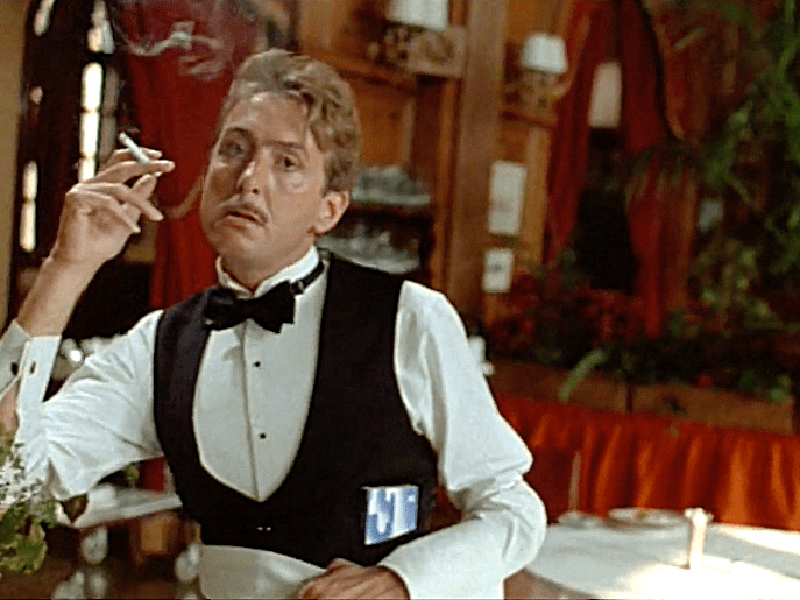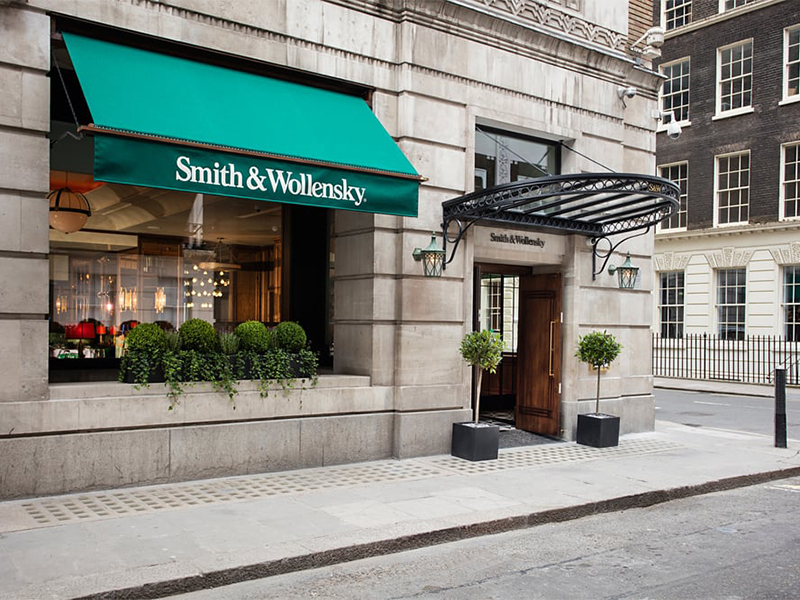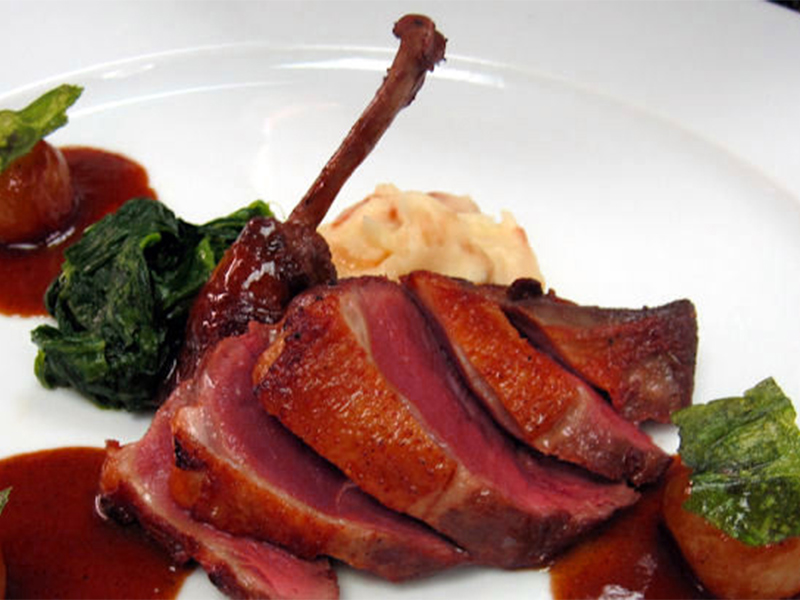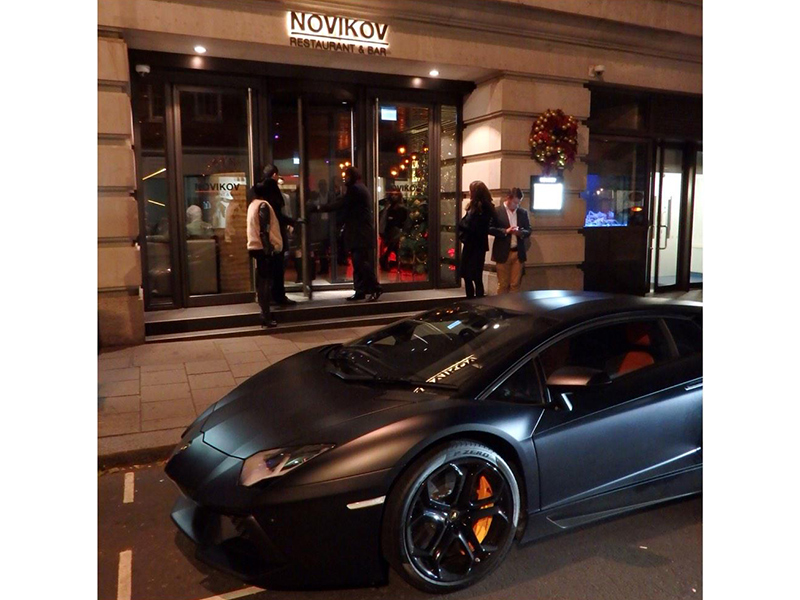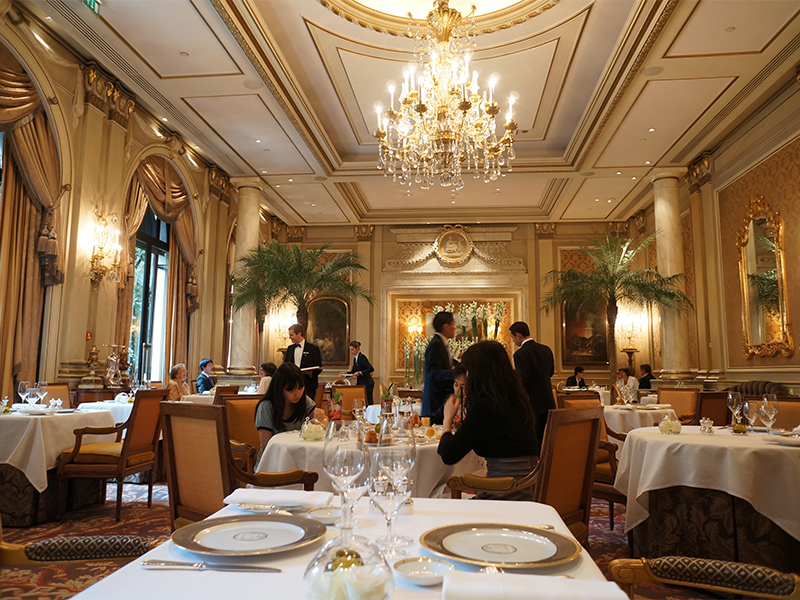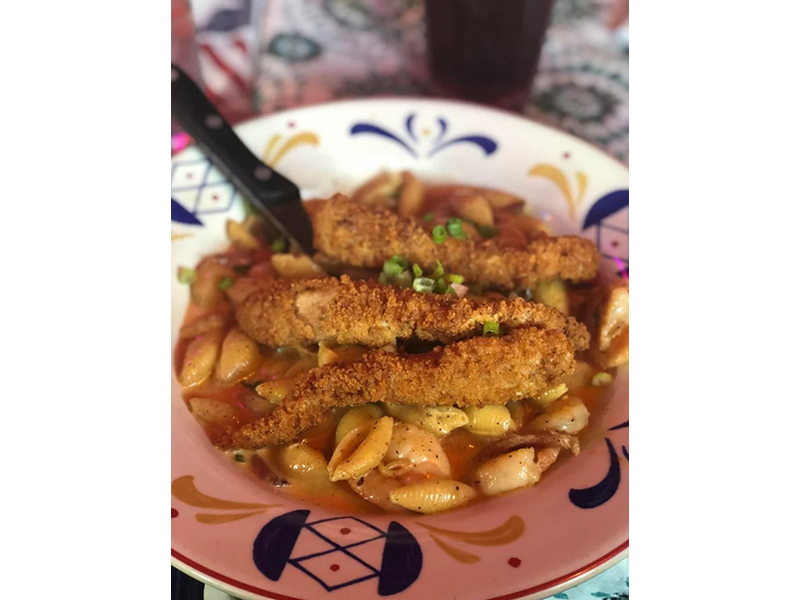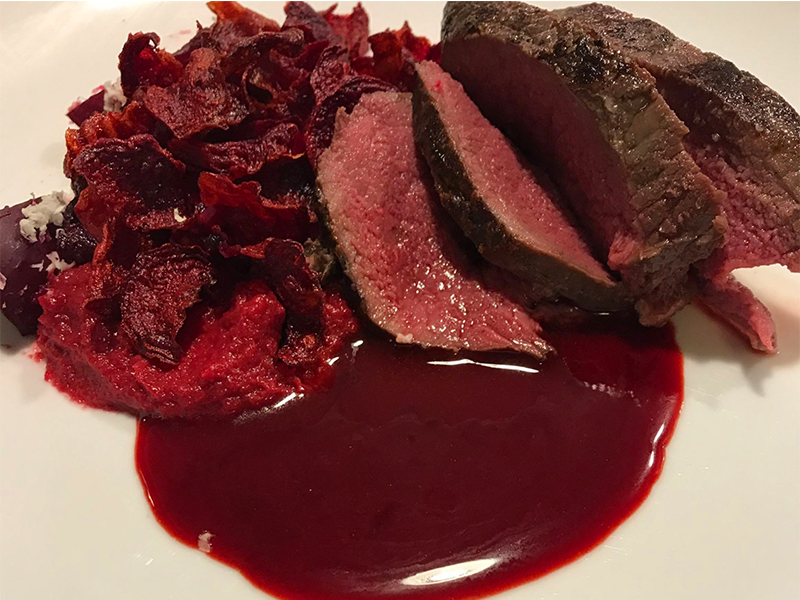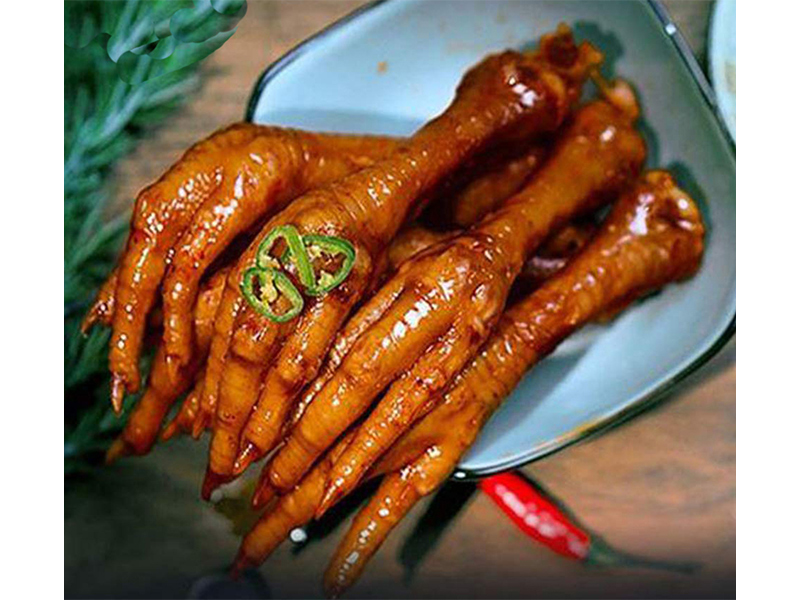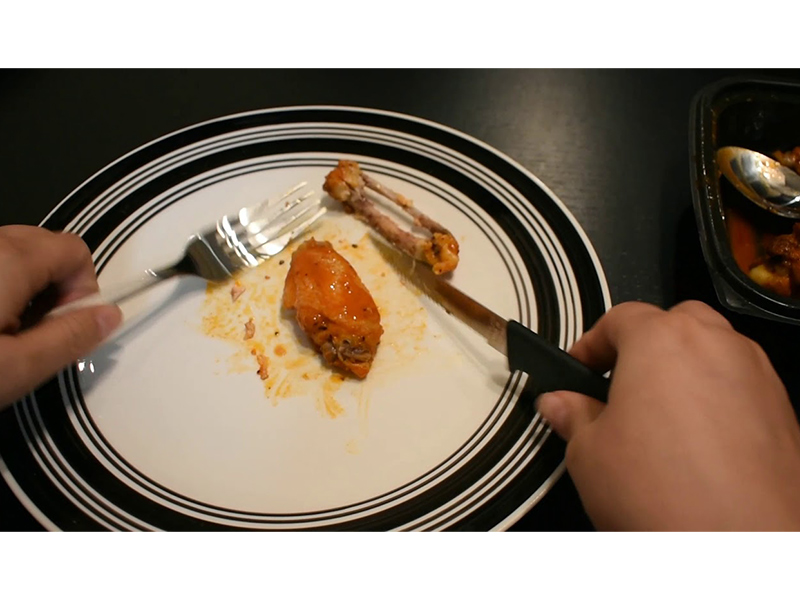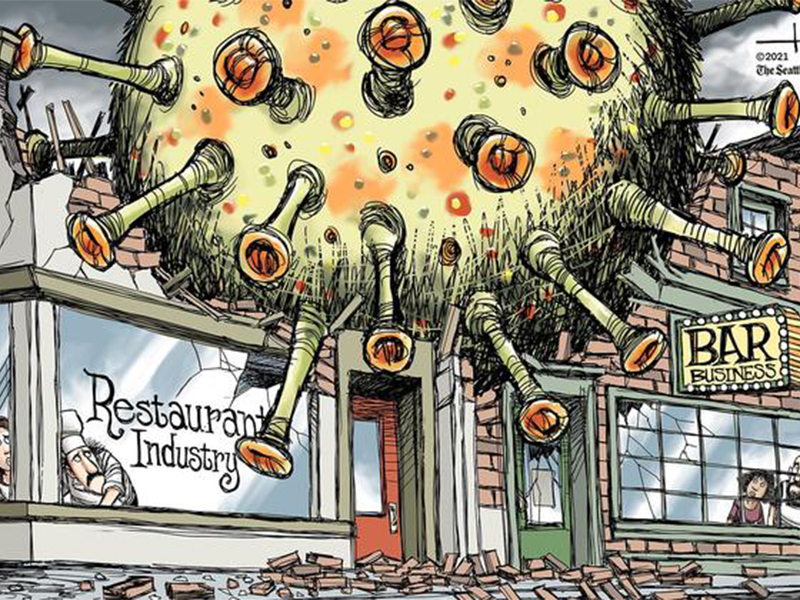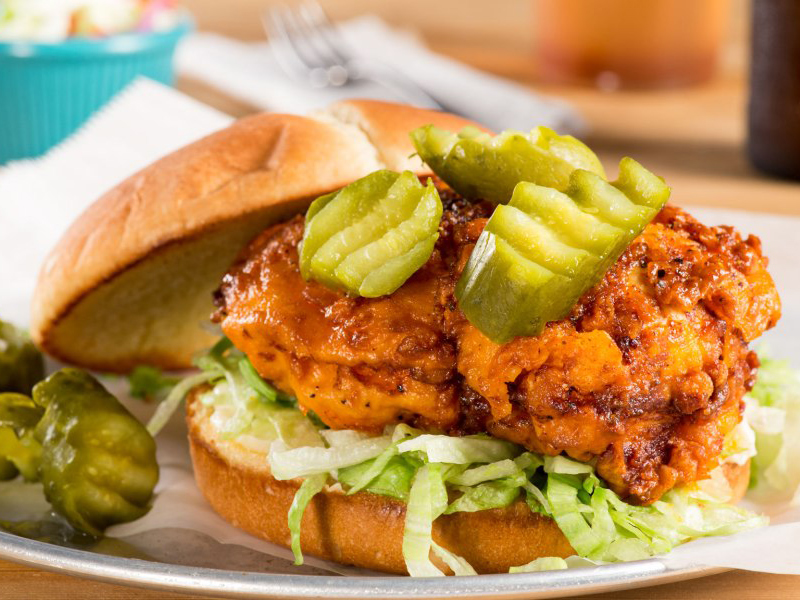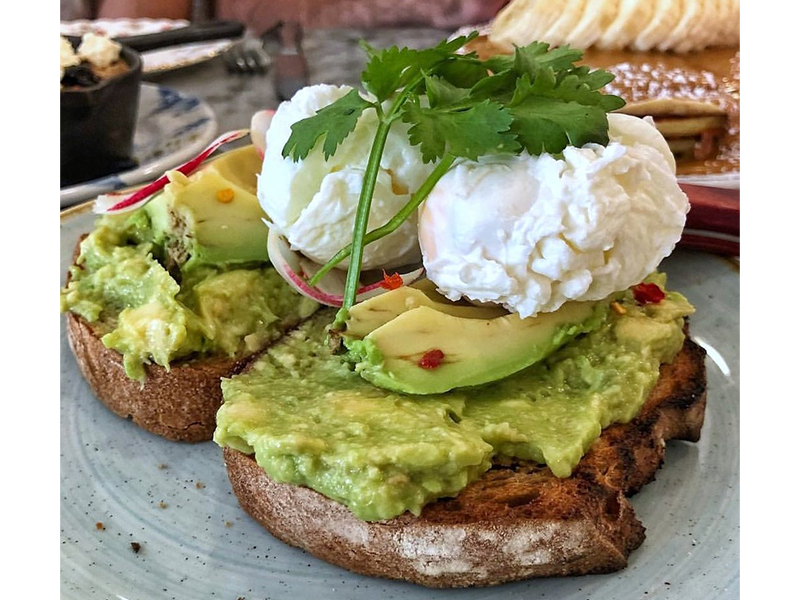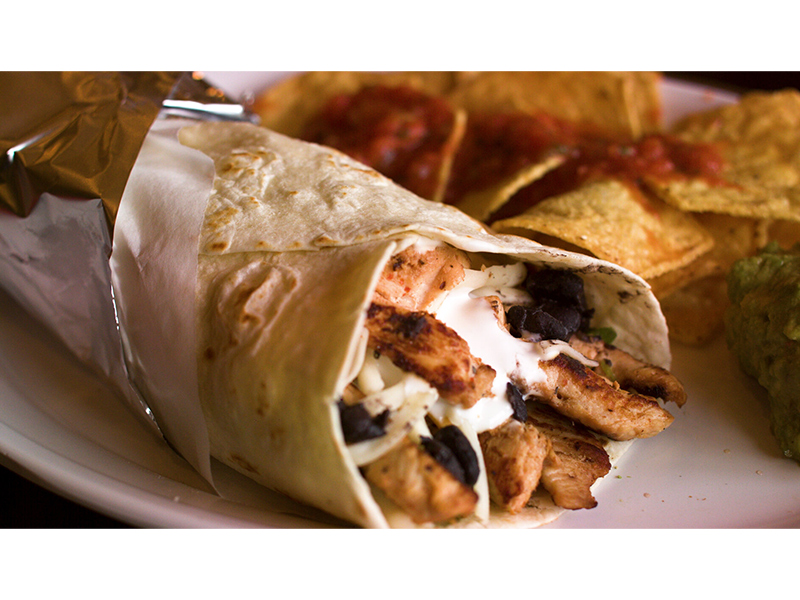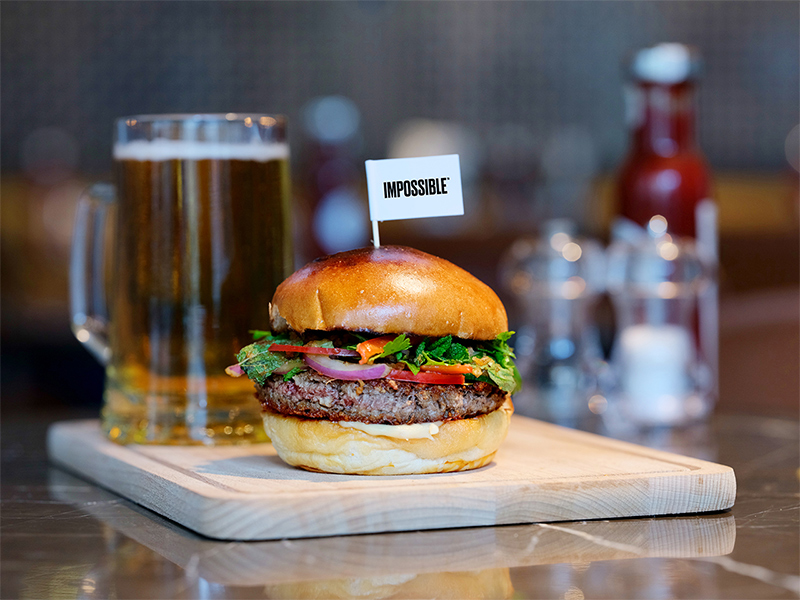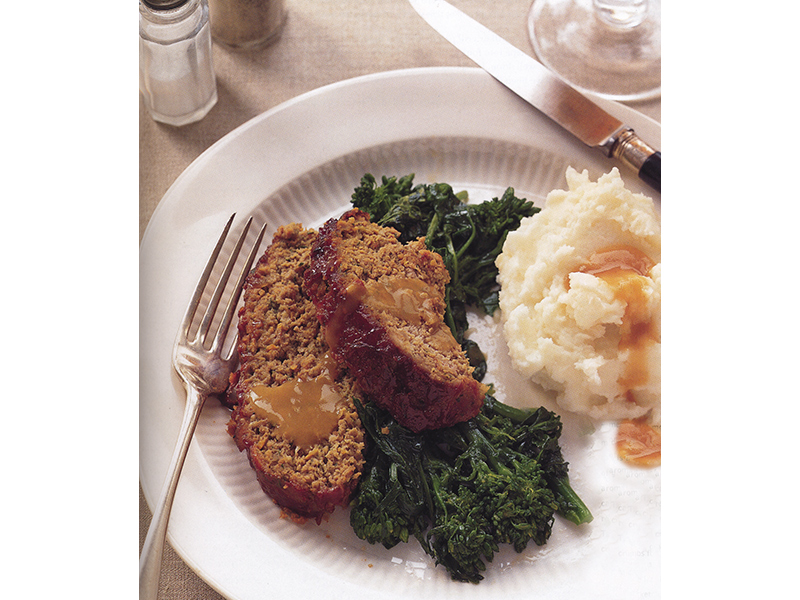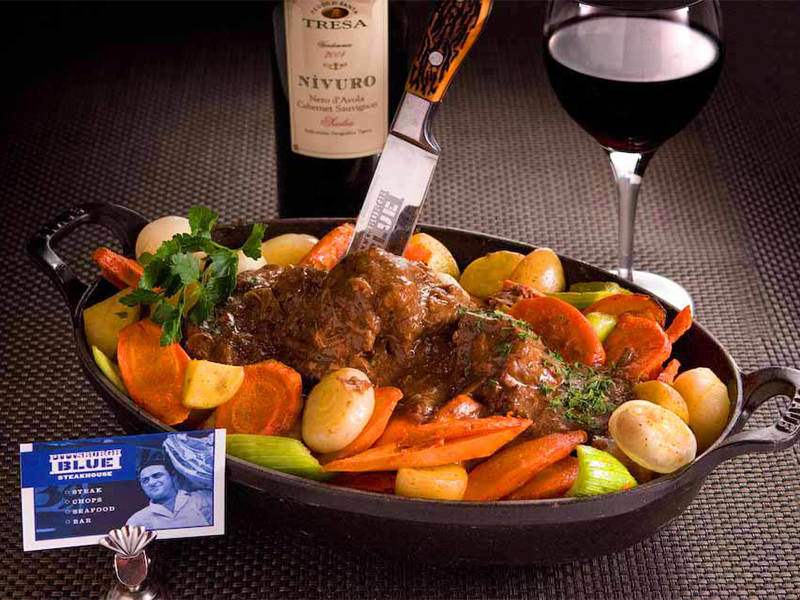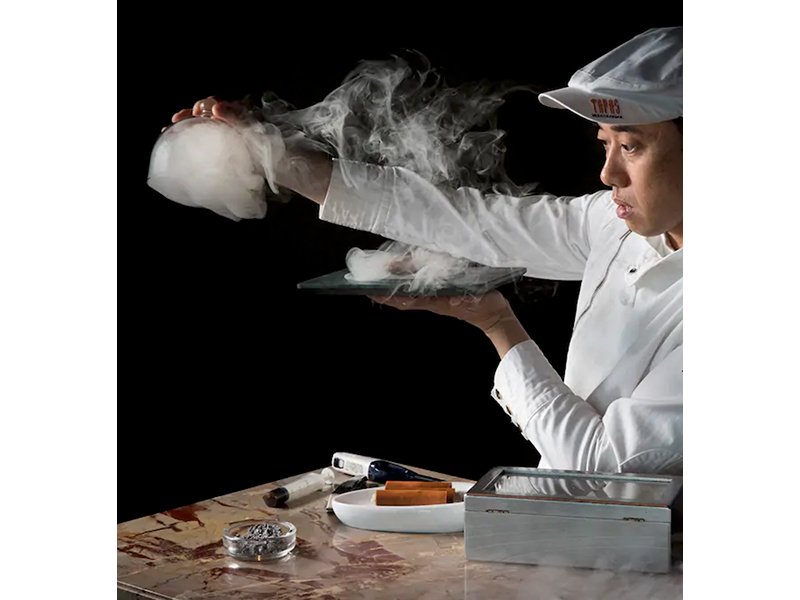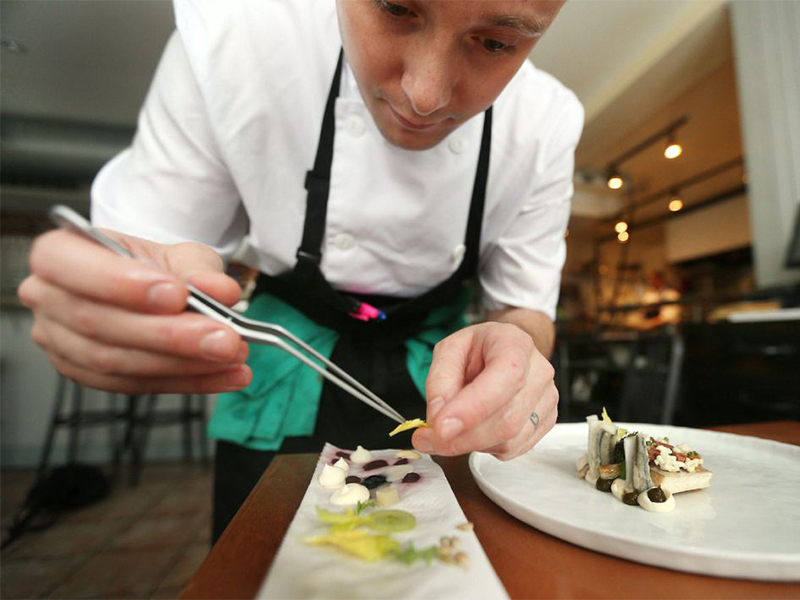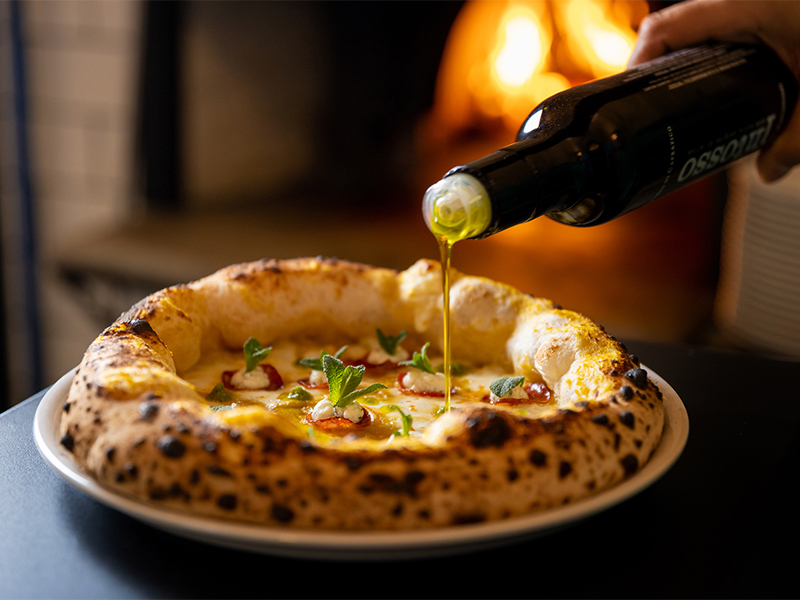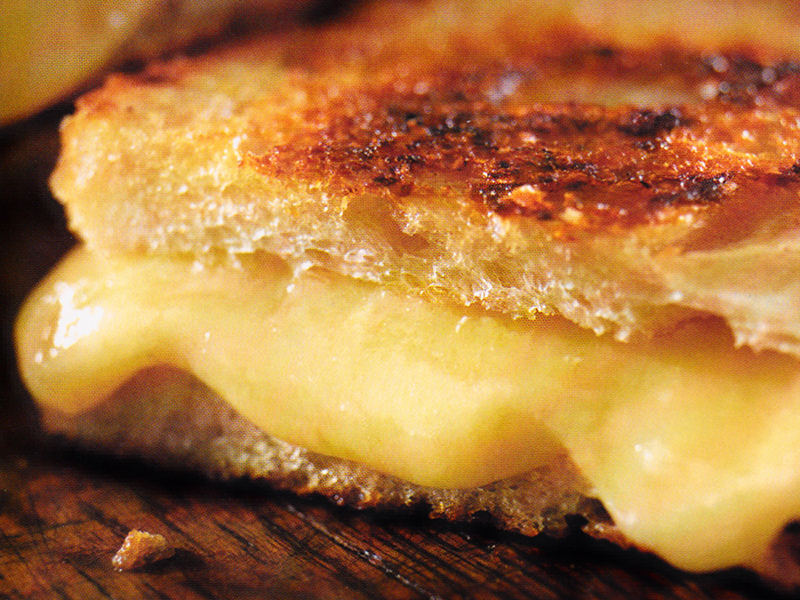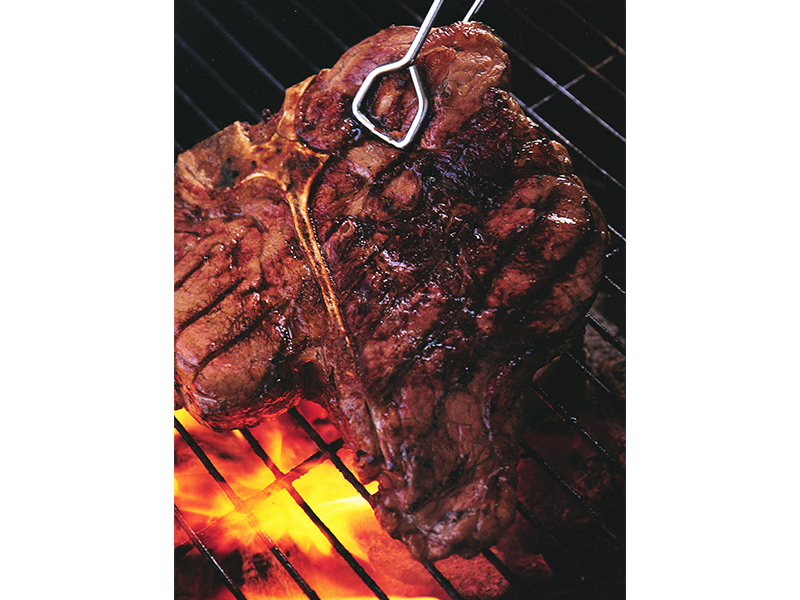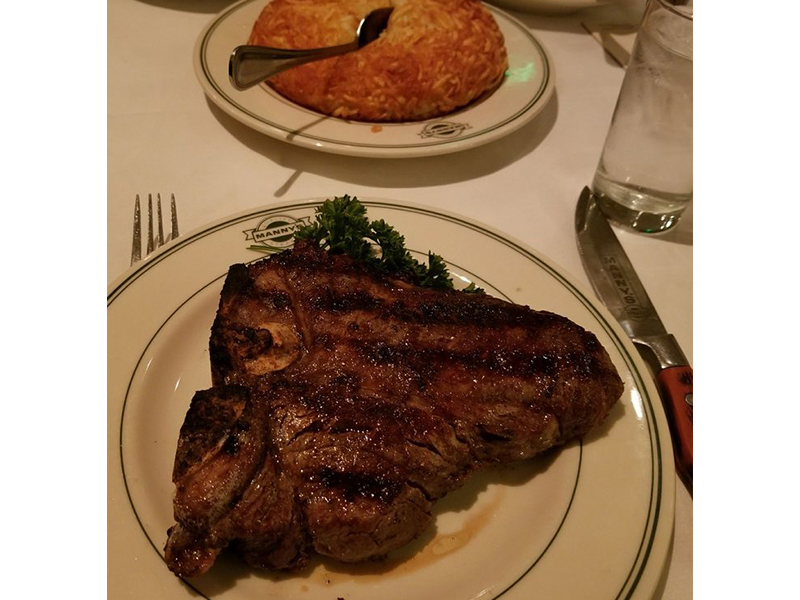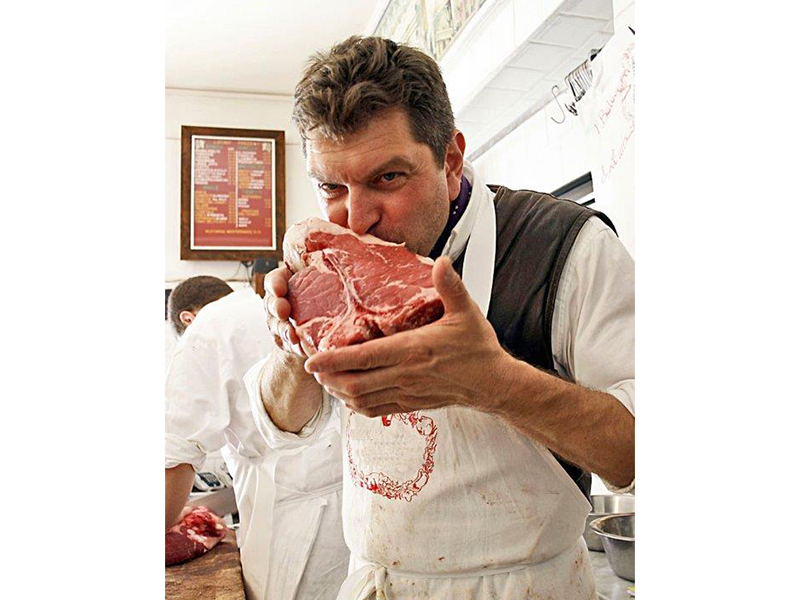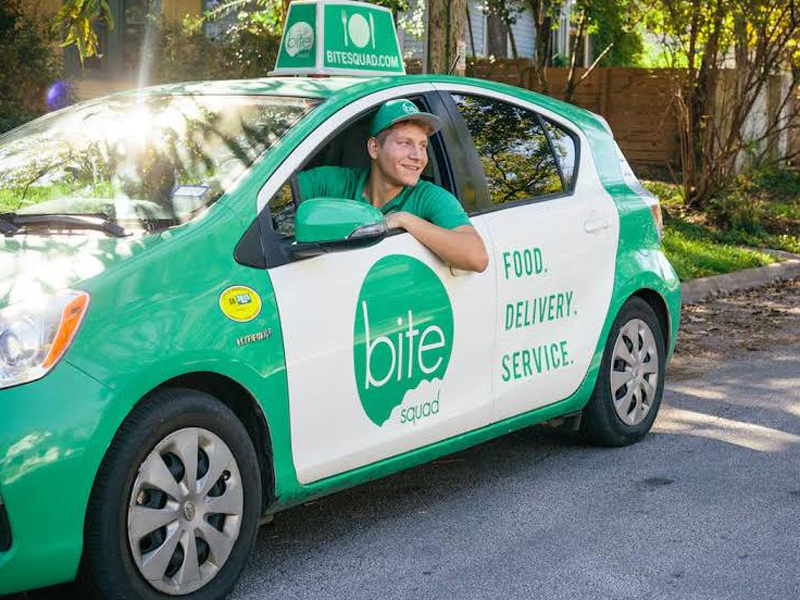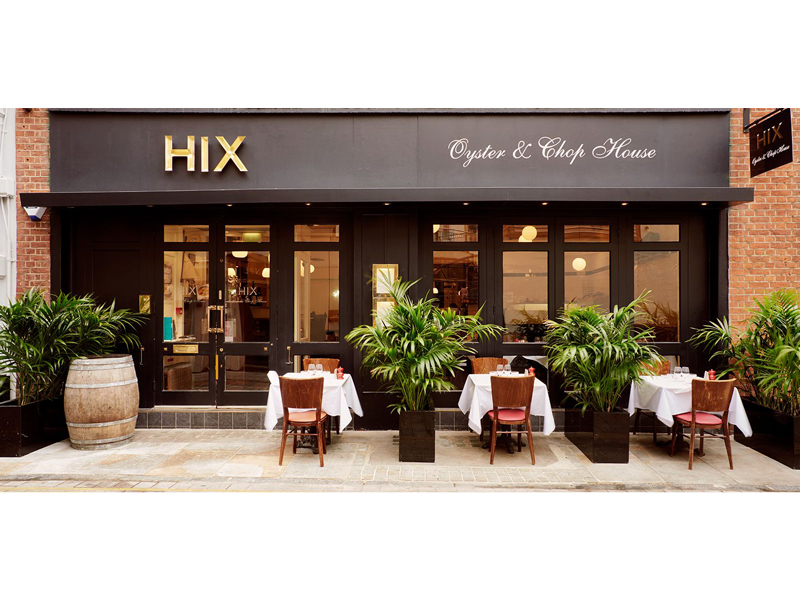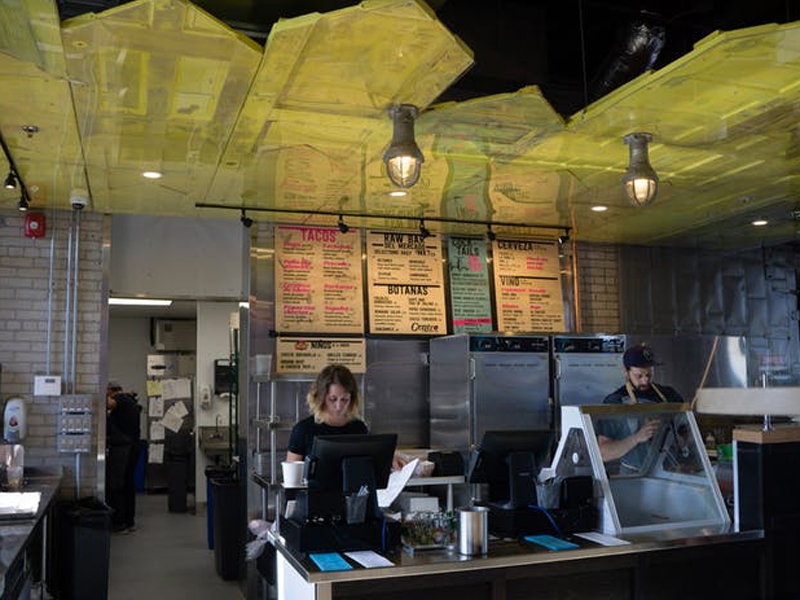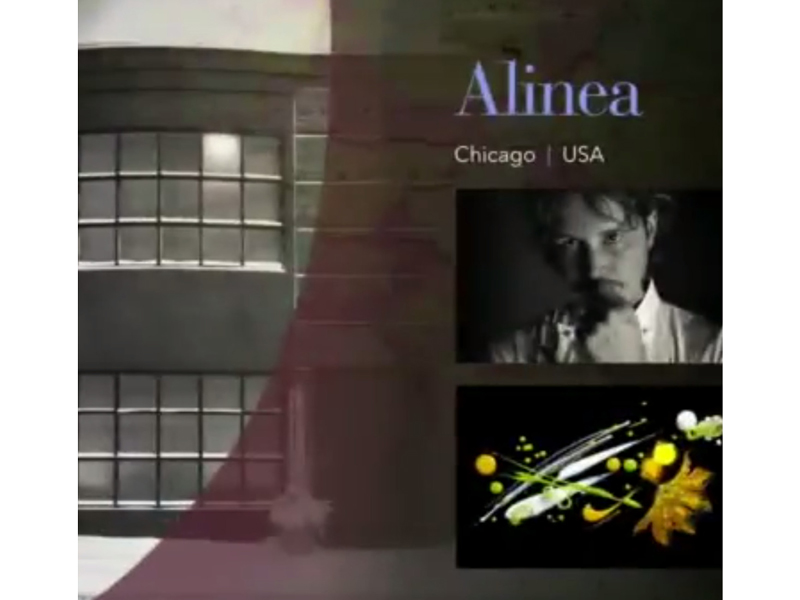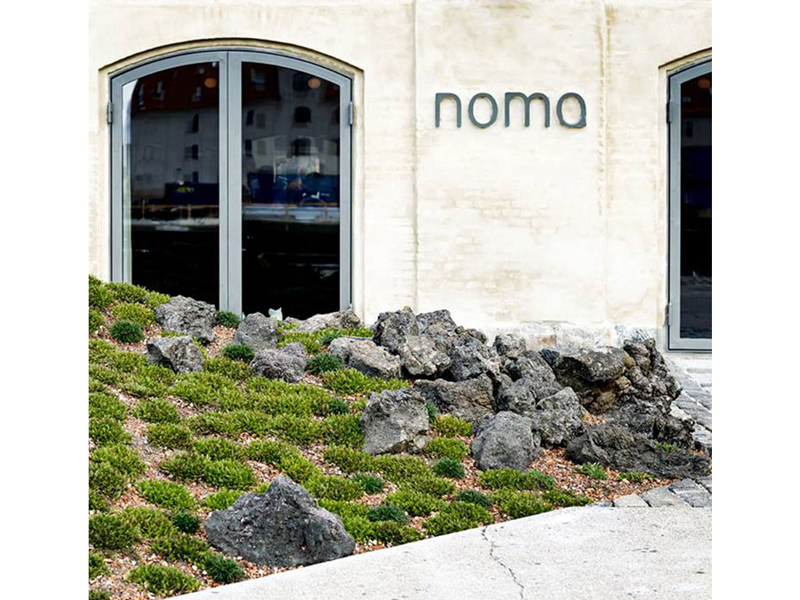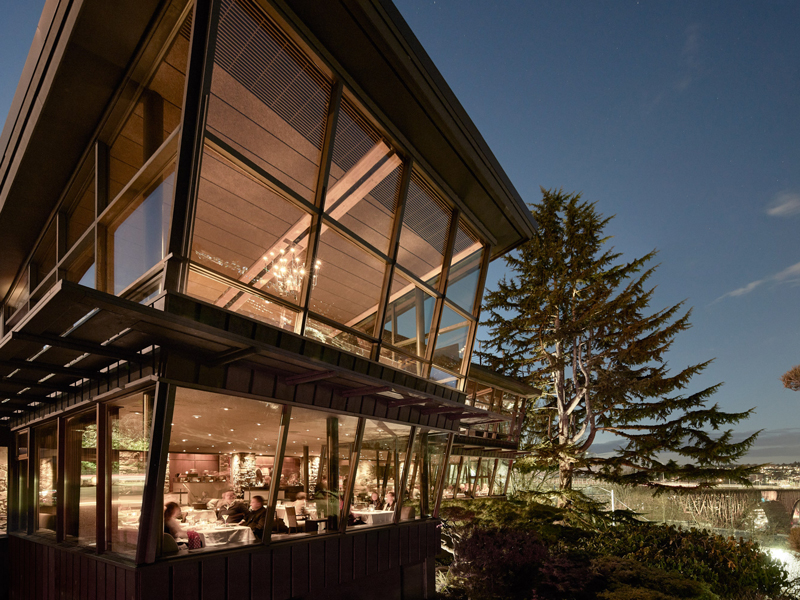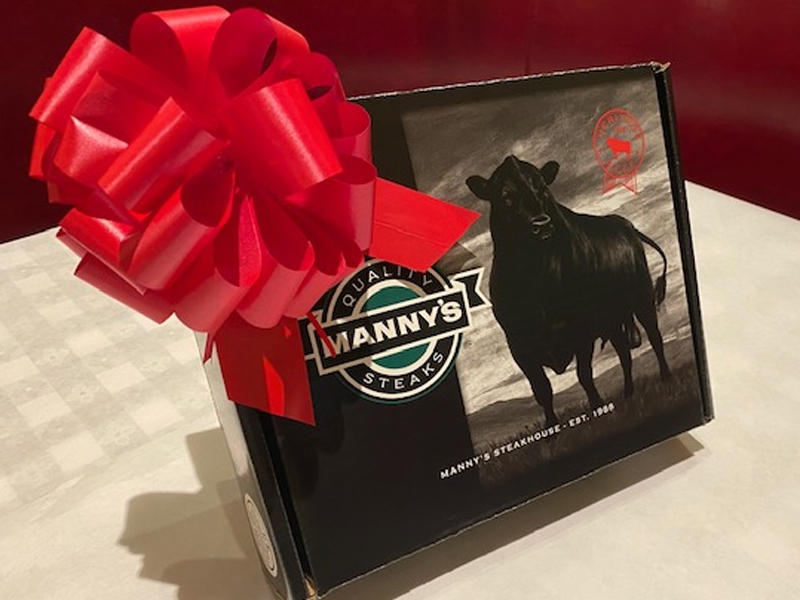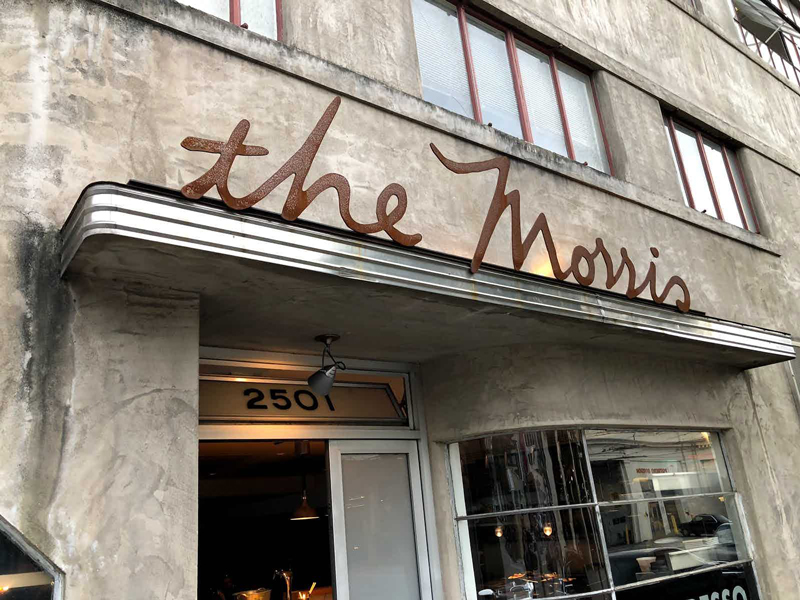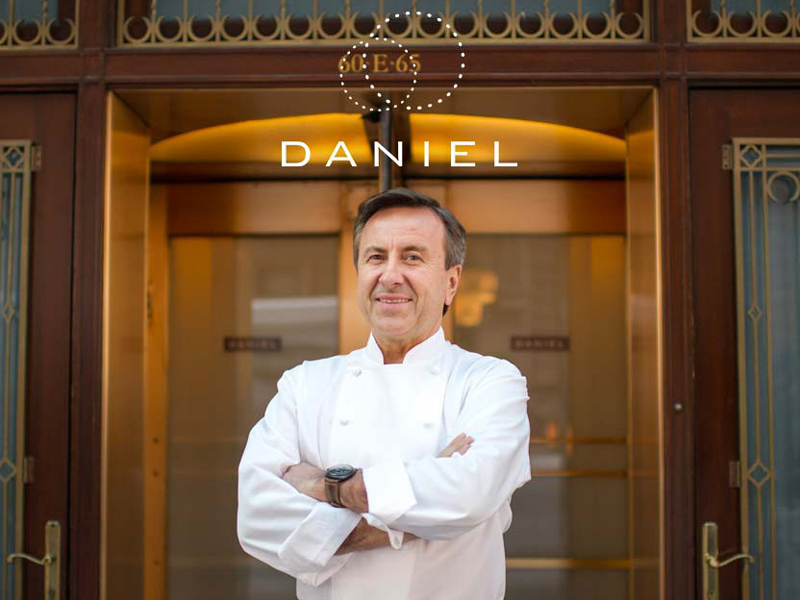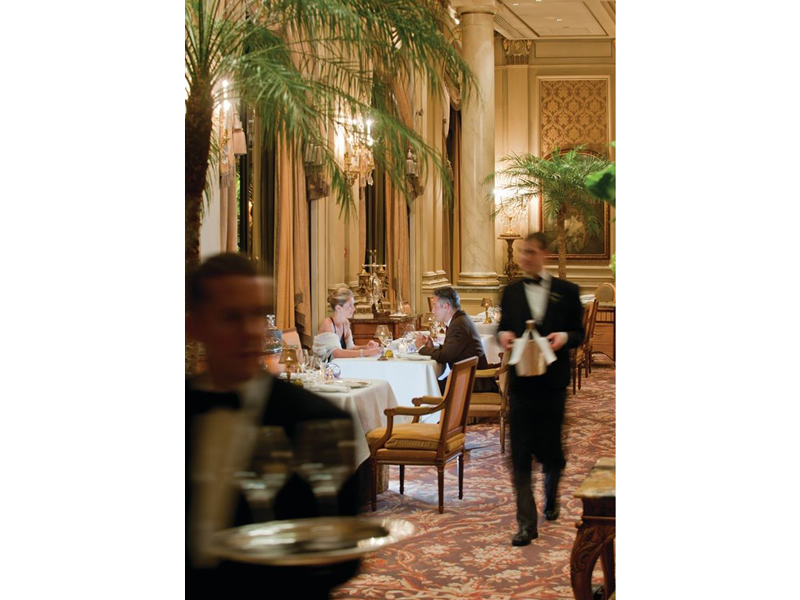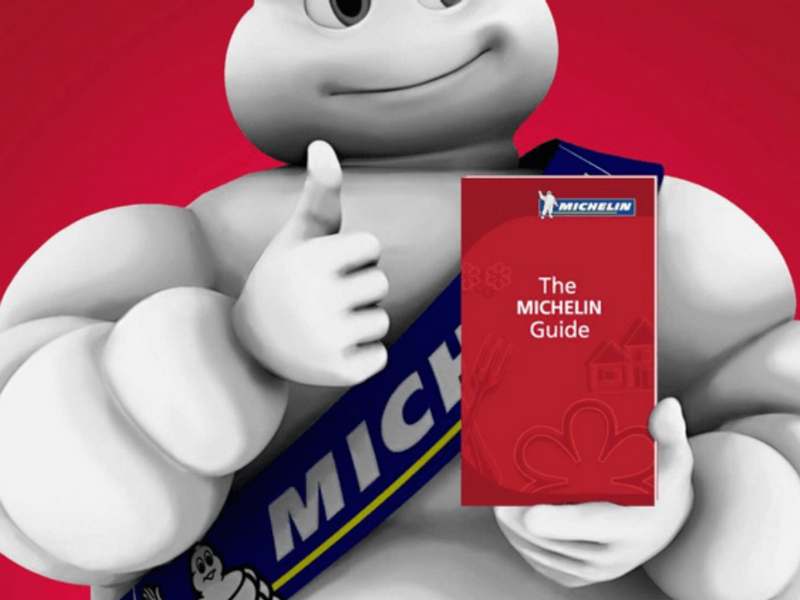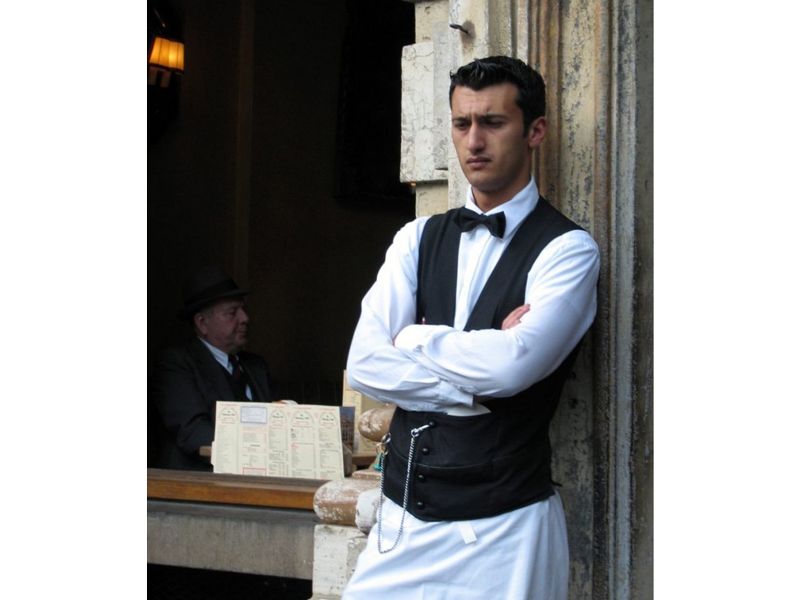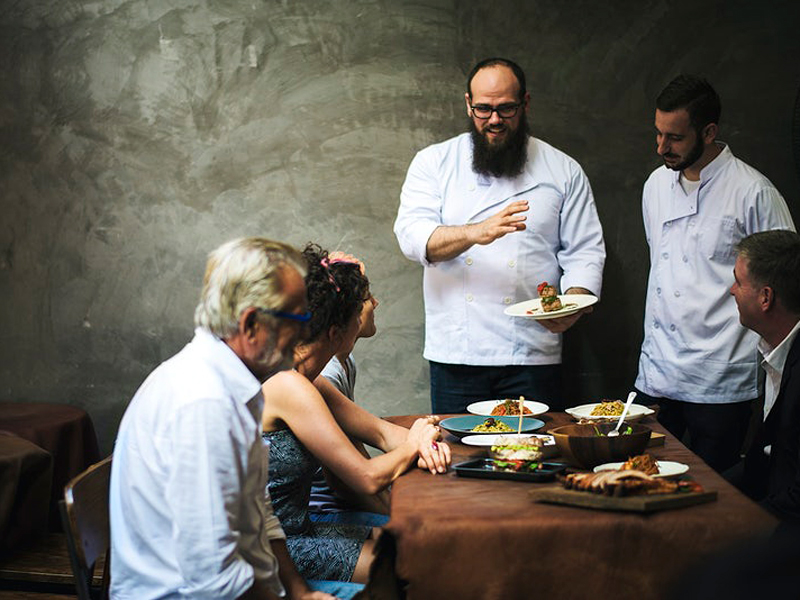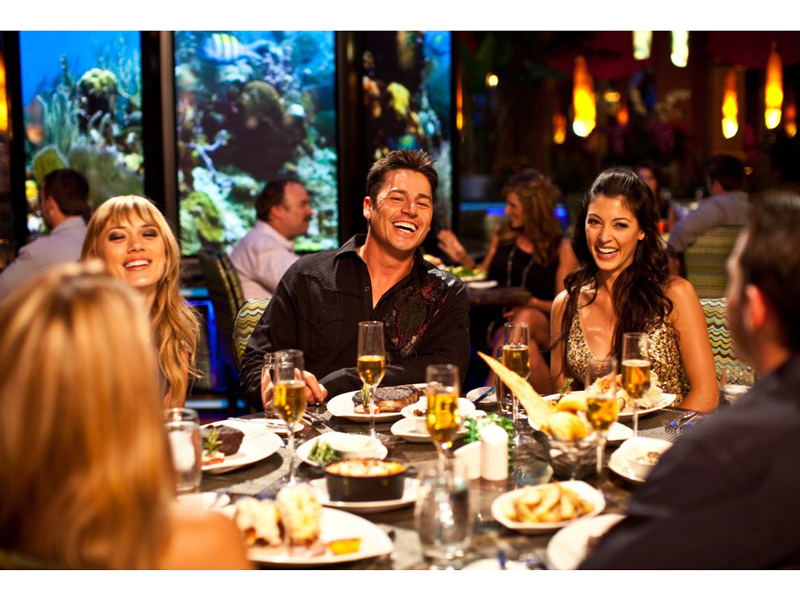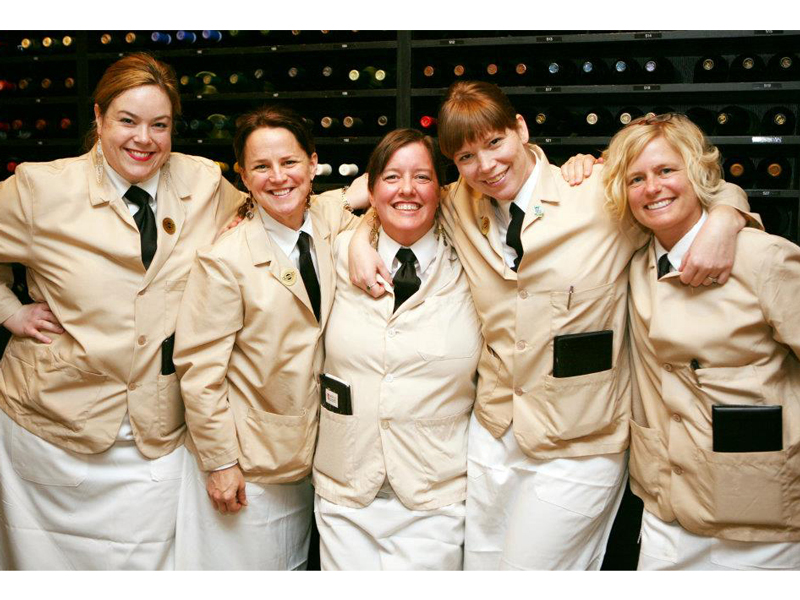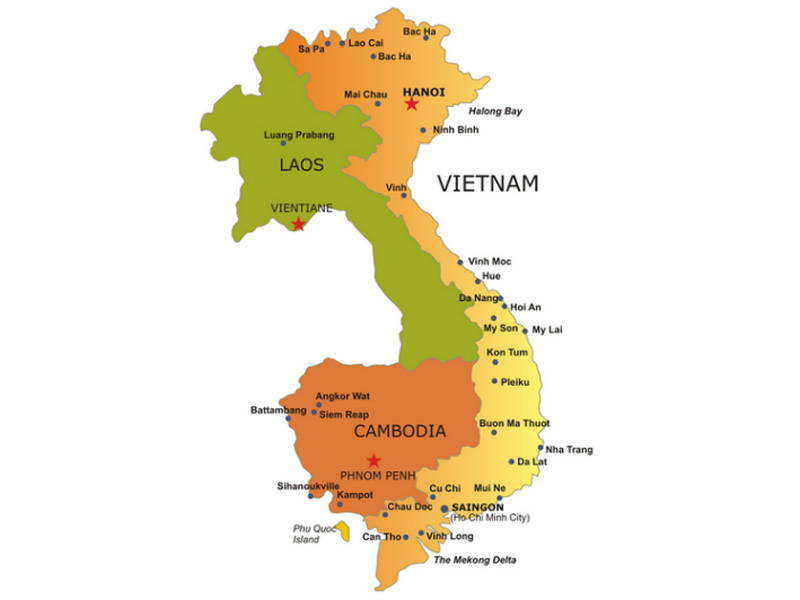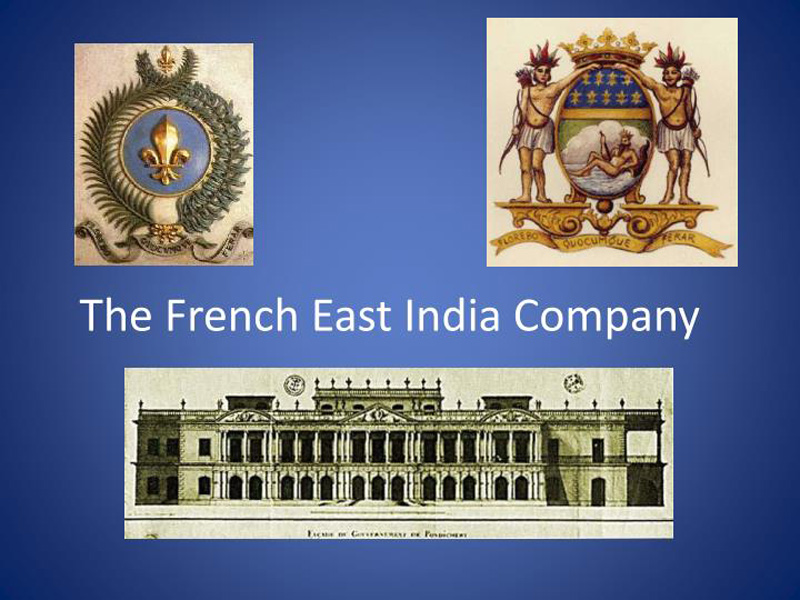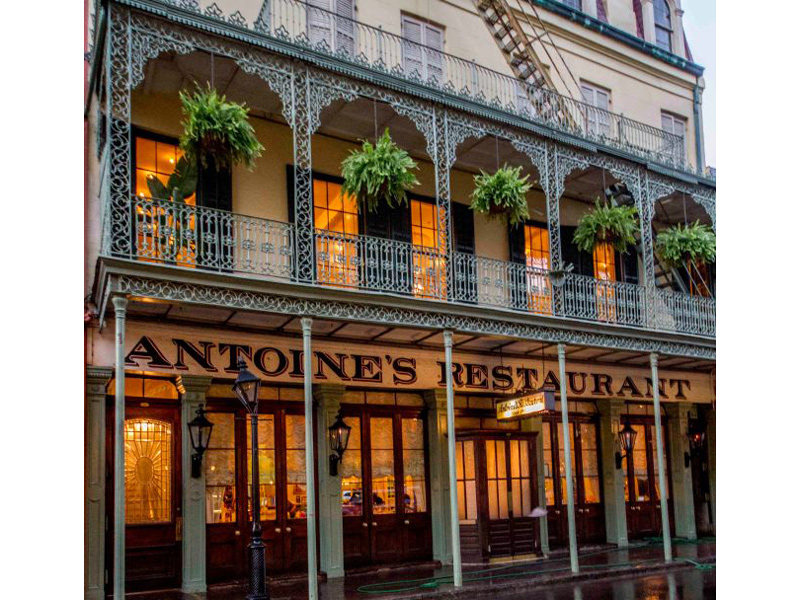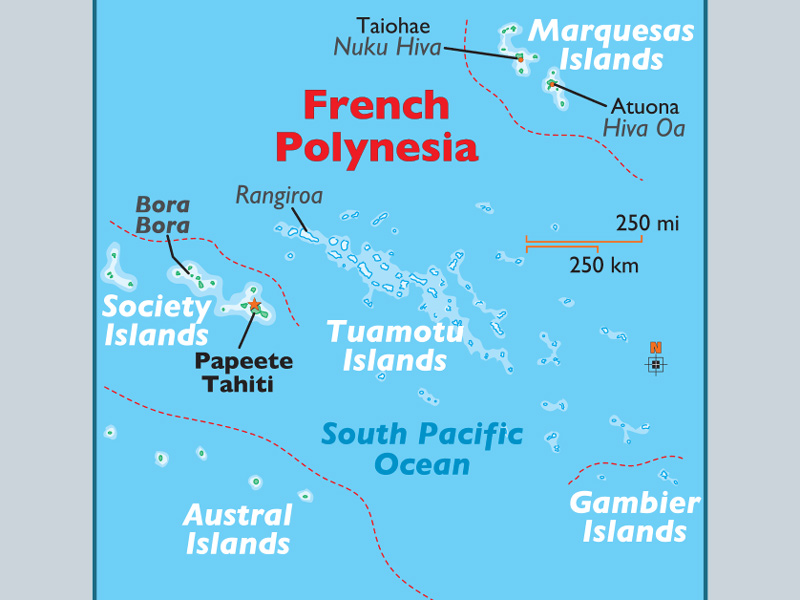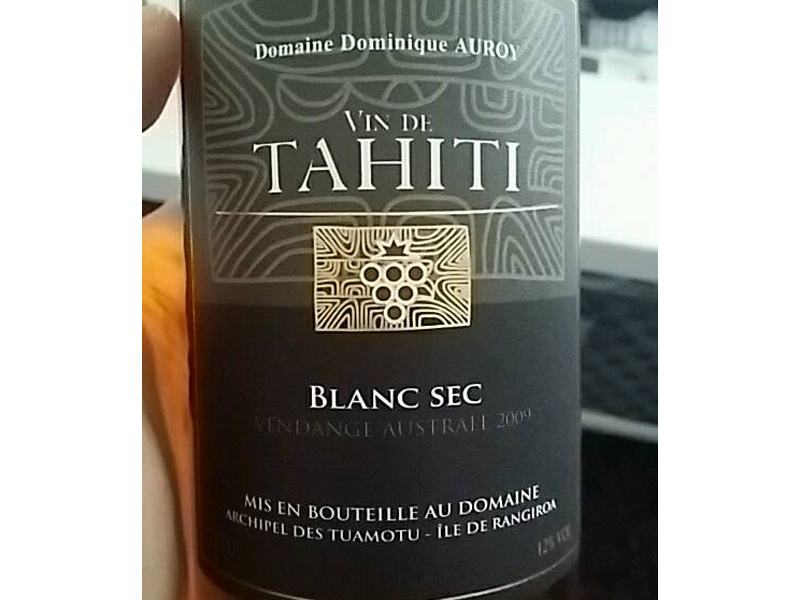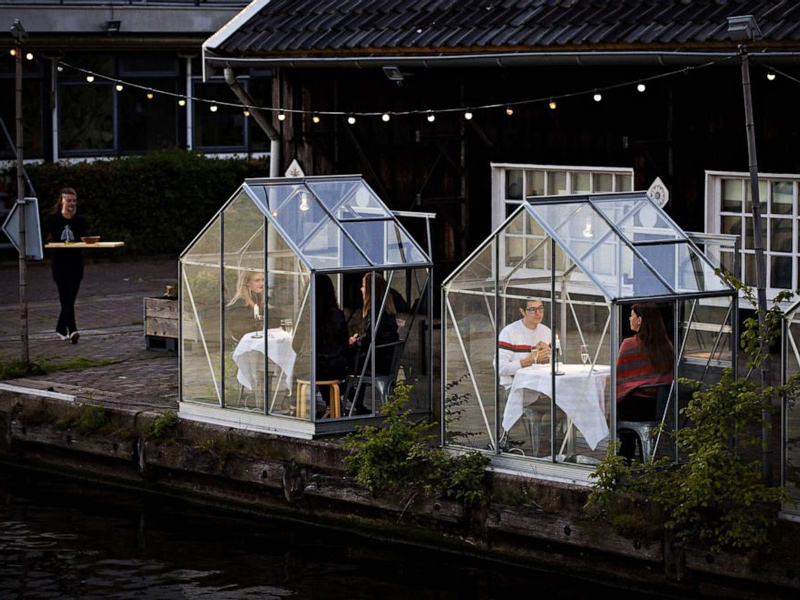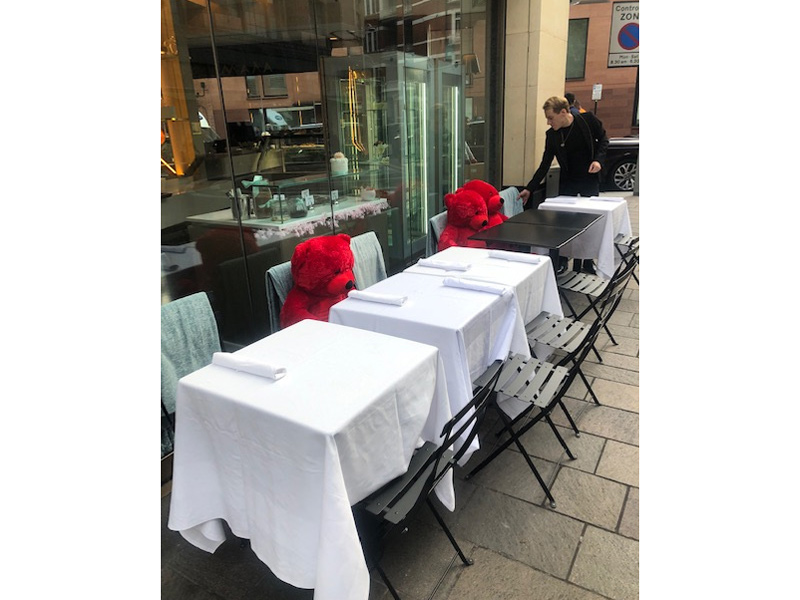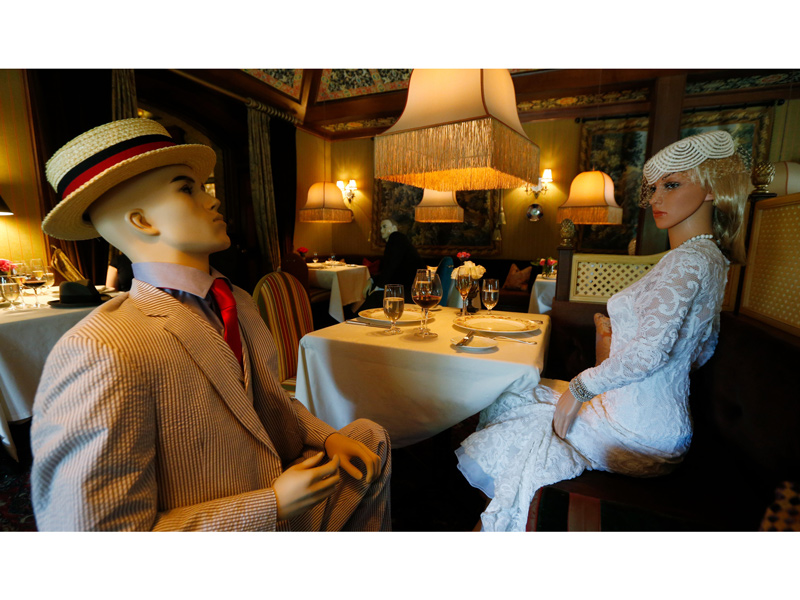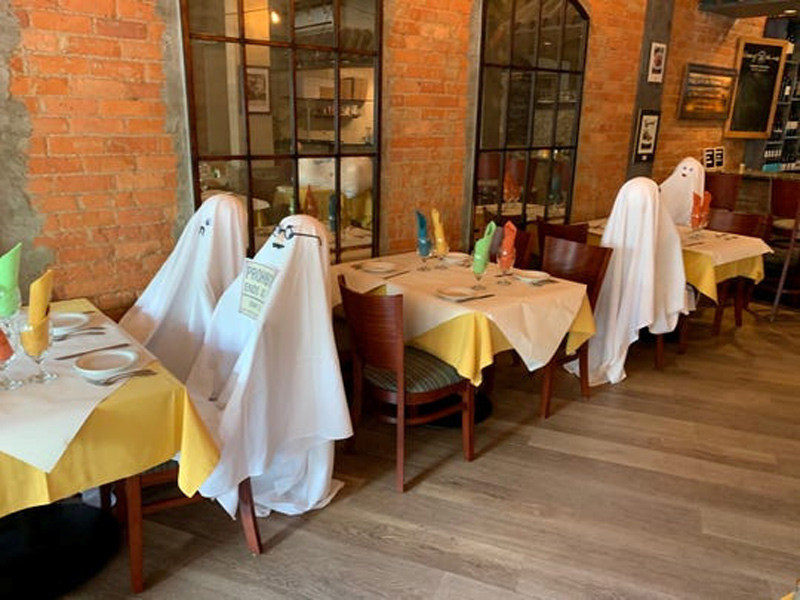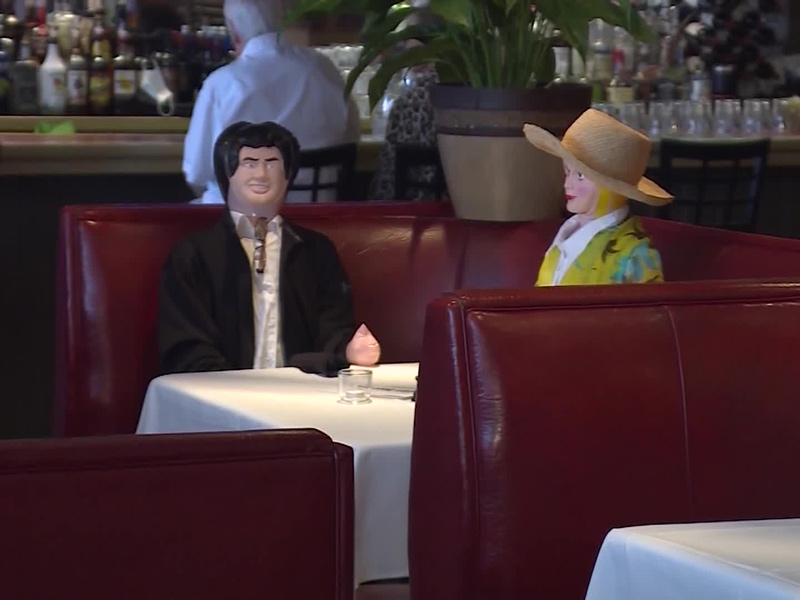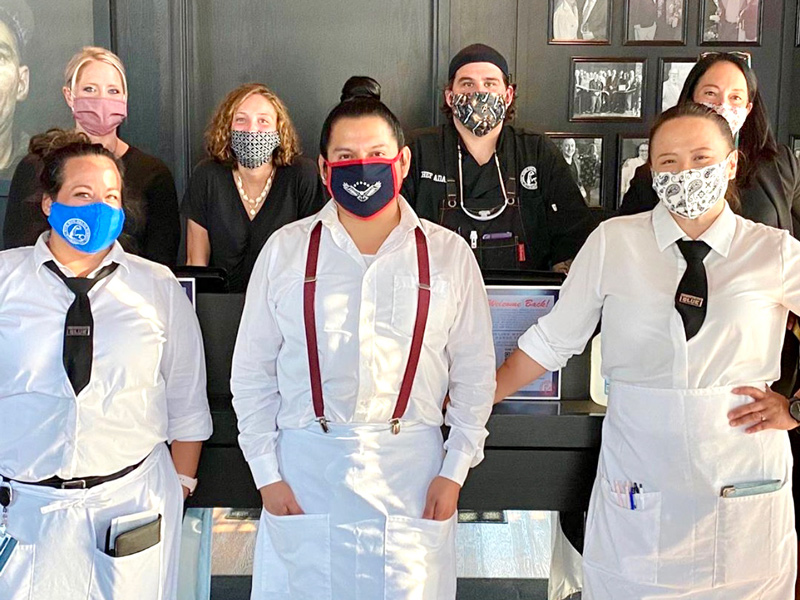Expedia recently announced that the summer of 2022 will be the BUSIEST TRAVEL SEASON EVER!
And Boris Johnson has lifted most all COVID restrictions in England.
But a few months prior those important announcements, Joanne and I decided to “push the envelope” a little and visit London. The pandemic seemed to be waning, after all (little did we know that something called Omicron was on the way).
Following Britain’s, America’s, and Delta Airlines’ rules, regulations and restrictions for getting to London was an exercise in “jumping through flaming hoops” and an absolute PAIN IN THE ASS. In transit, as well as on arrival, we endured hours of mask wearing, temperature checks, and multiple episodes of swabbing and spitting into little test tubes.
We made it, however, and managed to visit some of our favorite haunts, including GUINEA GRILL, BENTLEY’S, ANGLER, RULES and SCOTT’S. All good.
What wasn’t so good was that many restaurants we wanted to try were still closed. And WAY TOO MANY restaurants had restricted hours. Some were open Thursday, Friday and Saturday only. Others served only lunch or weren’t allowing sit-down dining at all, just takeout.
So we sorta caved…and spent a day at the IMPERIAL WAR MUSEUM. But WHAT A DAY!!!
Stepping out of the black iconic London taxi, we were greeted by two cannons, each the size of a locomotive.
Inside we explored three floors of exhibits dedicated to the British during World War II – both the European and Southeast Asian theaters. Each floor boasted an arsenal of tanks, airplanes, cannons, bombs and captured loot, including a German V-2 rocket. We also inspected the remains of a pummeled Japanese Zero airplane, as well as a captured giant bronze stylized Nazi eagle with an embedded swastika. It probably adorned a government building during the height of the Third Reich.
Do go. The museum does not disappoint. Plan to spend the day and have lunch. BTW, reservations to the museum are highly recommended.
But here’s the REAL discovery of the day:
CHINESE RESTAURANTS WERE OPEN FOR BUSINESS – including three of our favorites. Don’t know exactly why.
NOTE: Why did so many Chinese people come to London? As near as I can figure, the migration began in the mid-1840s, at the end of the Opium Wars. But it really ramped up right after WW2 and into the 1950s with the relaxation of immigration laws due to labor shortages in England. London has been the beneficiary, with magnificent restaurants like…
KAI
A fine dining Chinese restaurant In Mayfair on Audley Street, near the old American Embassy. Kai boasts one Michelin star. It offers “Liberated Chinese Food” – that is, a compilation of regional Chinese dishes and alternative versions.
Joanne and I usually sit at table #2, near the front door. (Tony Soprano wouldn’t approve, but we like to watch the people coming and going). No matter; there aren’t any bad tables at Kai, either on the ground floor or in the equally elegant downstairs dining room.
The restaurant’s signature appetizer is Wasabi Prawns, flavored with wasabi mayo, mango and basil seeds (YES, they have a kick). Another appetizer that has us hooked is “Purple Charms” – steamed baby eggplant in lime-chili vinegar.
Speaking of KICK, you must try the Cashew Chicken– because you certainly won’t find anything like it at PF Chang’s. Only the name is mild.
Joanne and I shared the Steamed Bass with ginger and spring onions. Delicious, as you’d expect.
Kai also offers the obligatory Peking Duck, but we didn’t have it. The table next to us did, and Joanne almost up-chucked at the sight of its head dangling over the platter and resting on the table.
Dessert? YES. The “The Black Pearl of Eternal Fortunes?” YES AGAIN.
MIN JIANG
You’ll find this top-rated restaurant in Kensington on the 10th floor of THE ROYAL GARDEN HOTEL. The dining room is handsome, and the view overlooking the Kensington Gardens dazzles.
I celebrated my birthday here, at Table #28 next to the window, and feasted on an array of Szechuan and Cantonese creations – among them probably the best ribs ever: Sesame-Jasmine Barbeque Ribs.
They were accompanied by Roasted Pork Belly Squares with mini-steamed buns. We also sampled something called “Pinky Piggu,” a dish of Singaporan origin that showcases a crabmeat dumpling, poached in butter and served in a little fish bowl.
But the star of the show was the Wood-Roasted Peking Duck – probably the best I’ve ever had, and that includes renditions Joanne and I have ordered in New York and even Shanghai. If you have the hankering, MIN JIANG IS THE PLACE FOR PEKING DUCK!
A.WONG
Chef Andrew Wong’s eponymous restaurant in Pimlico is a little place, but it comes with TWO BIG MICHELIN STARS.
Here Wong commemorates his travels through the Chinese provinces. Standout creations include Chengdu Street Tofu. I’m not much of a tofu fan (really, who is?), but Wong’s version was perfectly crispy and married with soy, chili, peanuts and preserved vegetables. I could be converted.
Next came an appetizer out of the Grant Achatz School of Molecular Gastronomy: two Steamed Custard Buns, each encapsulating a warm, runny duck egg yolk. I wonder where in China that came from?
A Prawn and Seaweed Cracker suddenly appeared at our table – a sort of mid-meal amuse bouche. But it was different than the plain, grocery-store iterations. Crispy and laced with shrimp base and black sesame seeds, it was topped with finely chopped cuttlefish, pickled vegetables and tangy seaweed.
(Not to self: Add “Prep cuttlefish” to Joanne’s to-do list next time we cook Chinese.)
One of the main courses that we enjoyed was the Soy Chicken Breast, crowned with a dollop of crème fraiche and Osetra caviar. I’m not certain how authentic it was – but then again, who cares?
The Cherrywood Peking Duck couldn’t have been tastier…unless you ate it side-by-side with Min Jiang’s Peking Duck. In contrast to that restaurant’s very theatrical presentation, Wong’s version was simply chopped “peasant style.” Perhaps this is the way it’s served in the hinterlands of China….but I’m also uncertain that peasants in China eat much Peking Duck.
At the end we were “comped” with a pair of tasty little White Chocolate Mah Jong tiles, each hiding a raspberry filling.
NICE !
SO THEN…..the next evening Joanne and I went to CHINATOWN.
Located in the city of Westminster, bordering Soho and just of Shaftesbury Avenue, years ago, London’s Chinatown occupied the same general area it does today, but was rundown and in decay. Then, in the 1970s the area was reimagined, developed and consolidated into a tight and vibrant community of Chinese shops, services, grocery stores and especially restaurants. You enter Gerrard Street, a car-free pedestrian zone, through the magnificent China Gate that’s only a few years old and was fabricated by Chinese artists, then assembled in London.
Now, I’ve been generally pleased with dining in London’s Chinatown over the years, despite the fact that nearly all the men smoke with gusto. But this time we had a specific place in mind – the slightly up-market BAR SHU, by consensus the #1 Szechuan restaurant in the area. The Szechuan Province in southwest China is known for its spicy food – much, much different than the lukewarm Lo Mein dishes that are so popular on Chinese-American menus.
So it was that I went marching ahead – unmindful, unwitting, unknowing, unsuspecting – into the world of Bar Shu’s Szechuan combustible dining. No delicate or teasing Chinese meals for me!
Instantly I glommed onto an arresting, colorful photo on the menu: “Fragrant Chicken in a Pile of Chilies.” (about $24.95).
Joanne said, “NO! Don’t do that!”
I replied, “I’m brave when I order.”
CHILIES? CHILIES? Here’s something you should know – and something I wish I had known:
The heat of various peppers is measured on what is called the Scoville Heat Scale. Green bell peppers, for example, register zero. Poblanos come in around 1,000 – 1,500. YIEN TSIN CHILI PEPPERS, imported from China, the kind that Bar Shu piles on the fragrant chicken, top out at 70,000! That’s right, 70K!
The preponderance of offerings at Bar Shu are not simply lip-tingling or mouth-popping, but rather SCALDING and SEARING….DEBILITATING and NUMBING!
After two bites I CRIED OUT LOUD for a carton of milk…NOW!!!!! But one carton didn’t kill the pain. It took two, and that barely cooled it..
My suggestion: If you go there and you try THE FRAGRANT CHICKEN IN A PILE OF CHILIES, put a couple WET-NAPS in the fridge overnight…because even after only two bites…..IT BURNS TWICE!!!
WTF,
Phil



